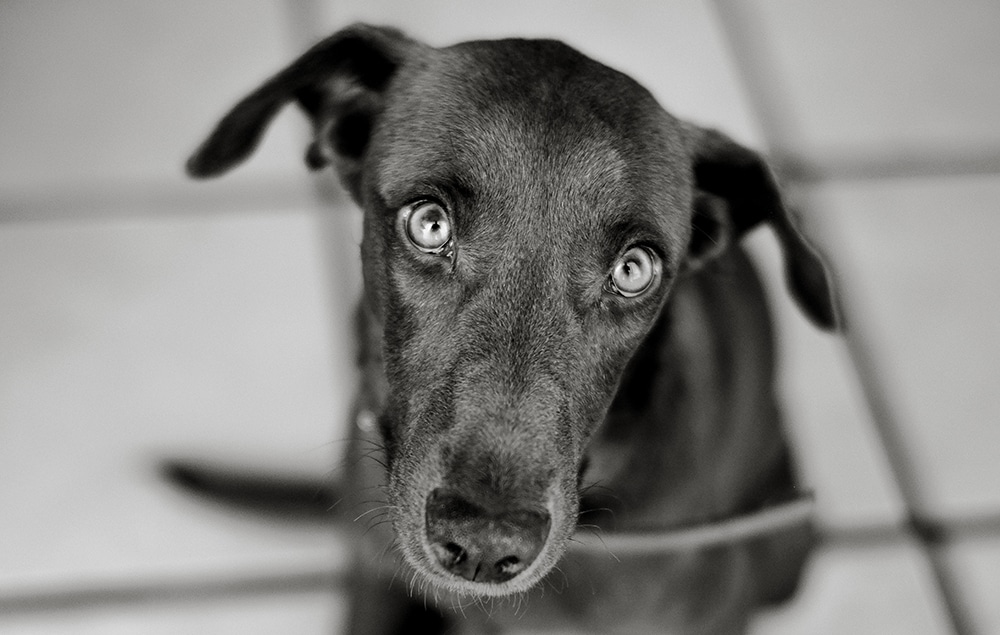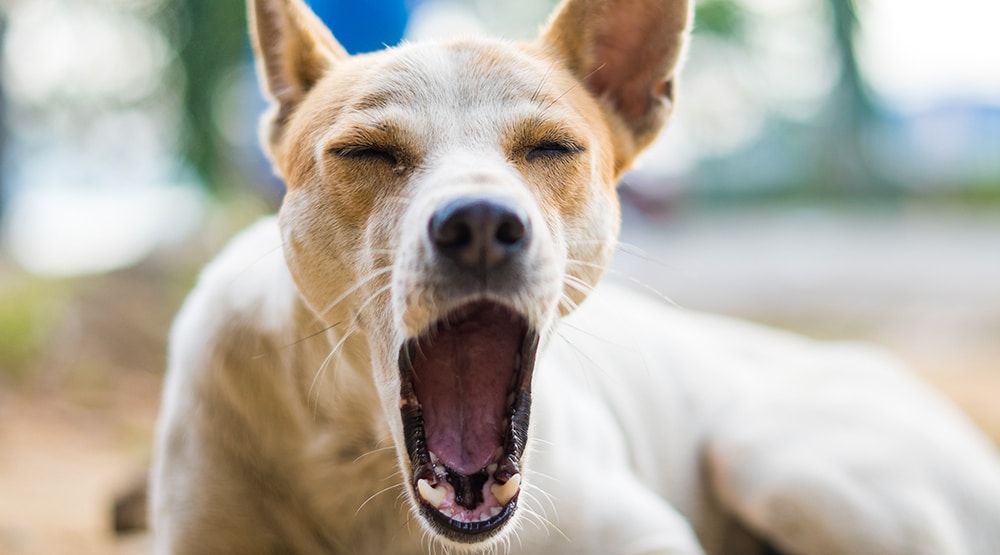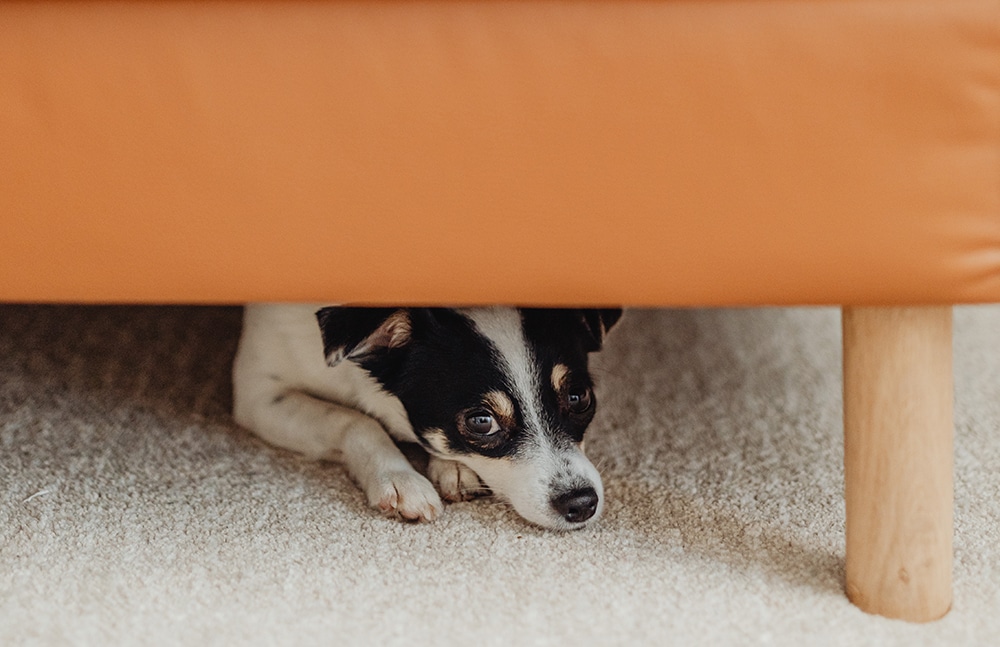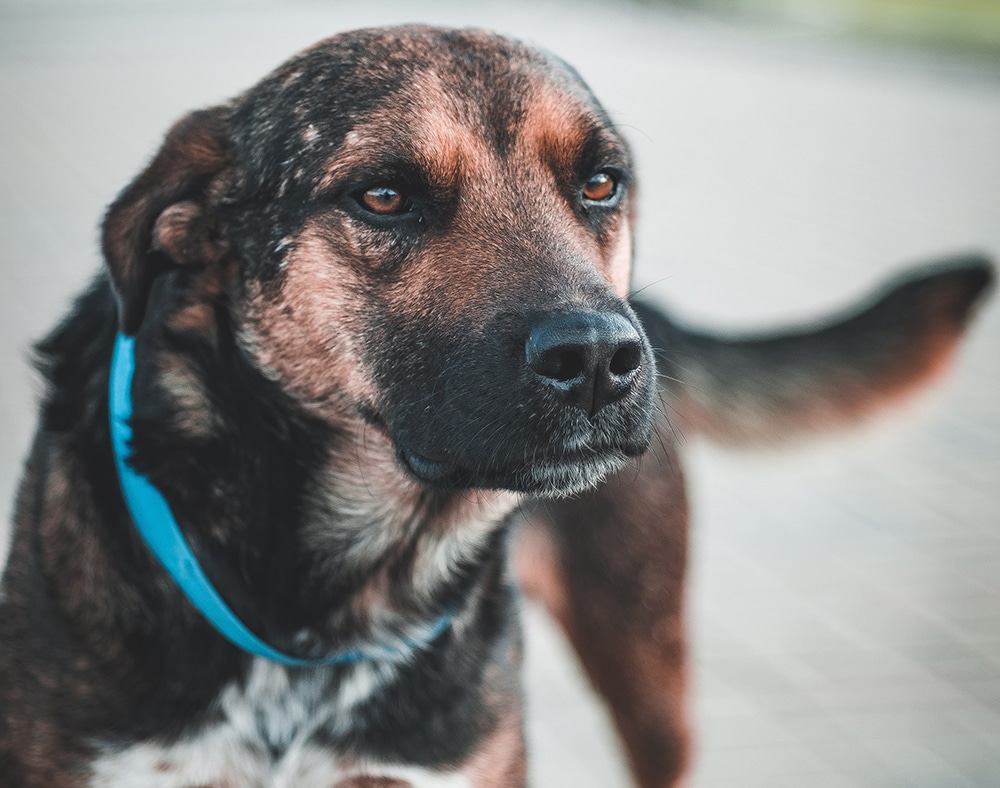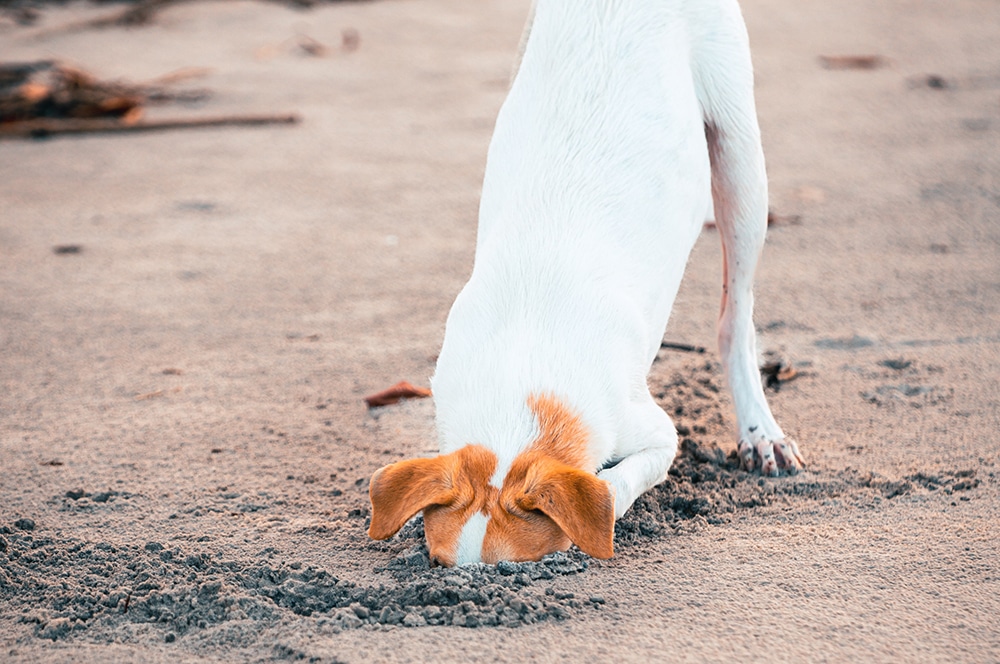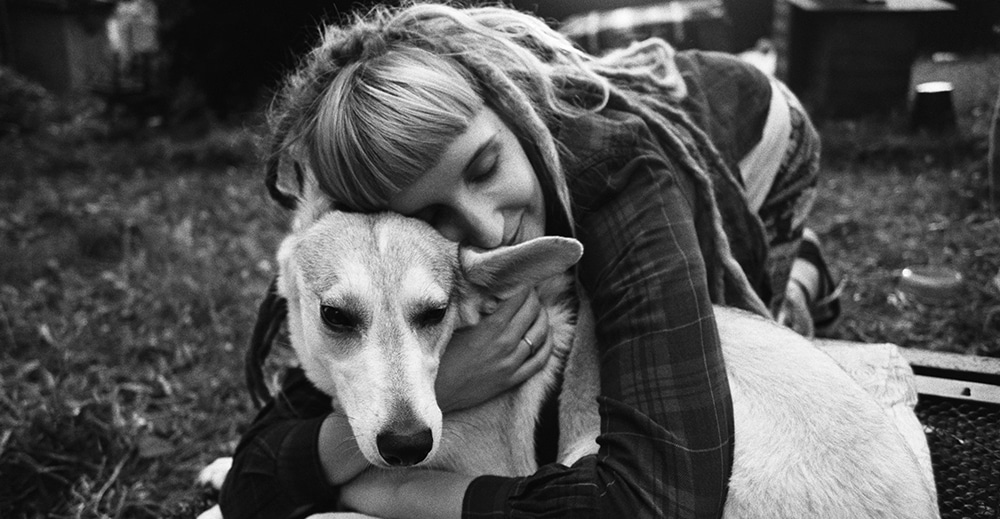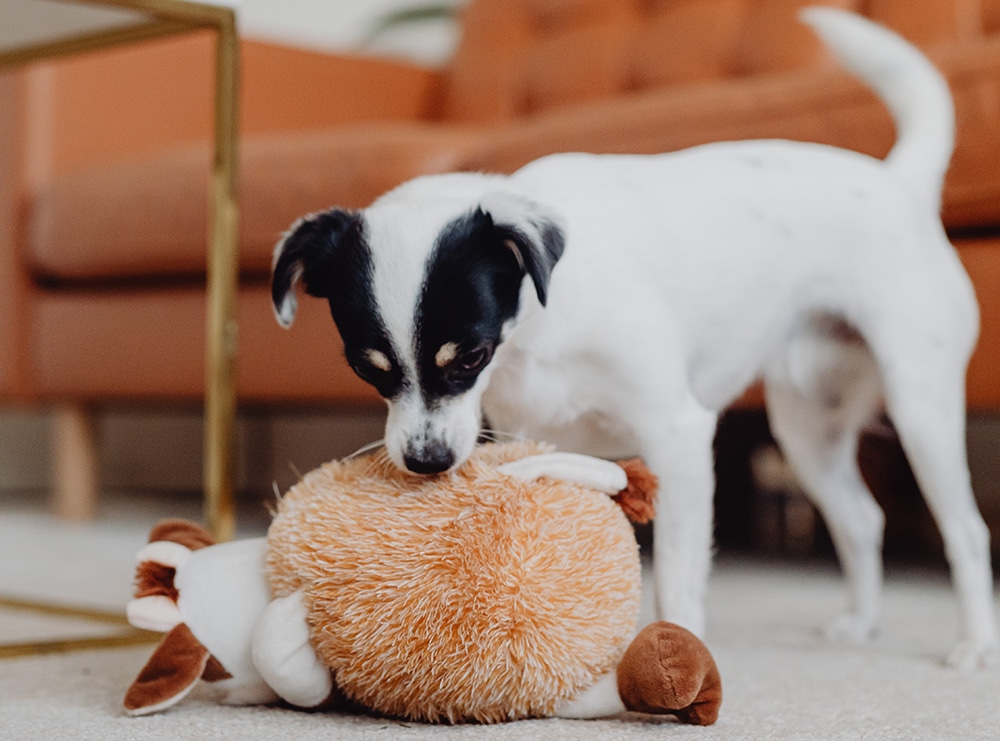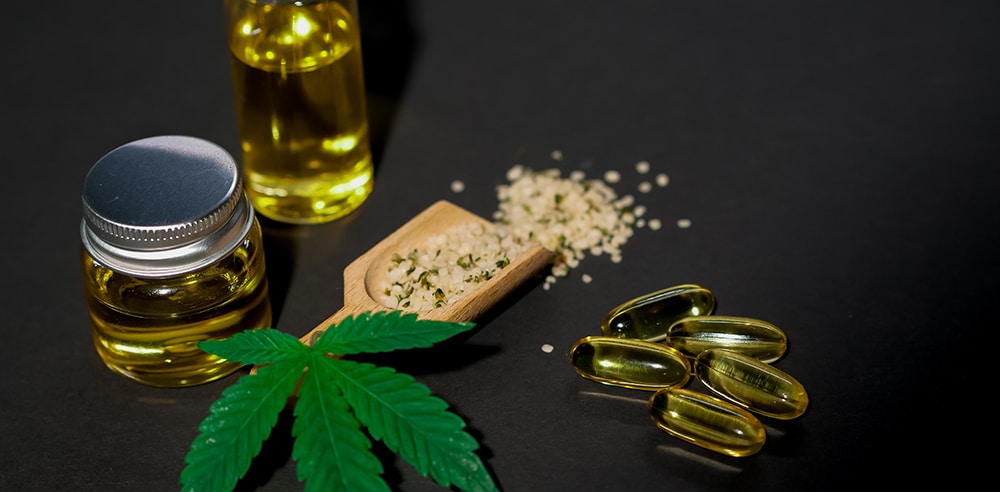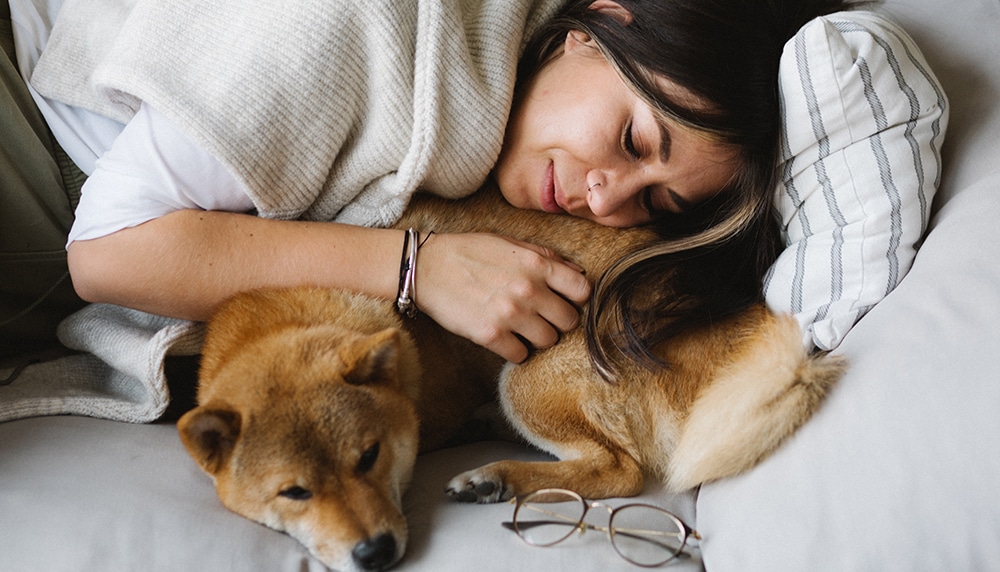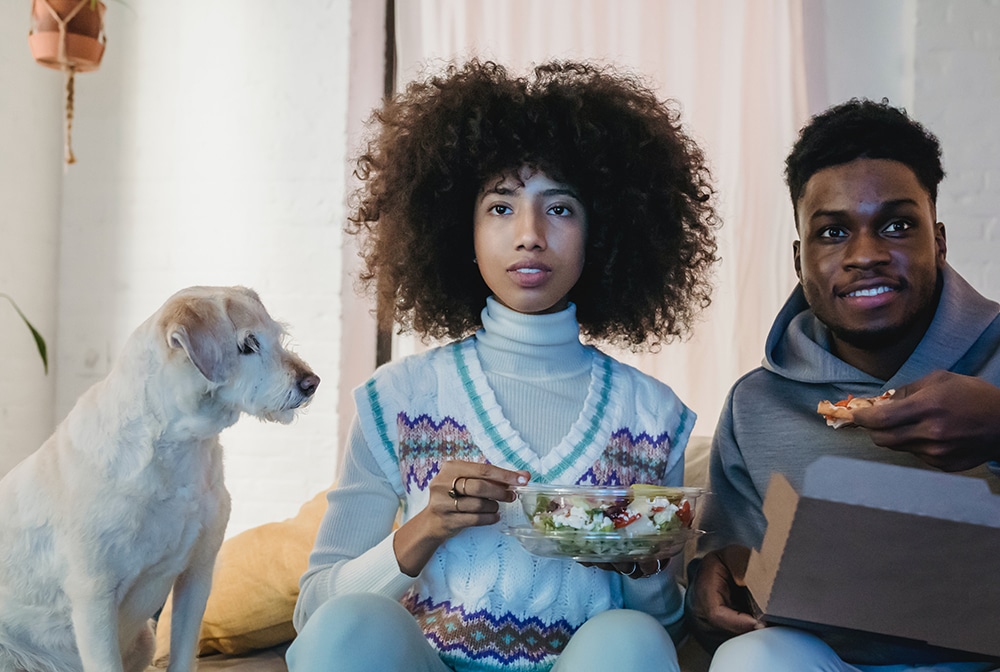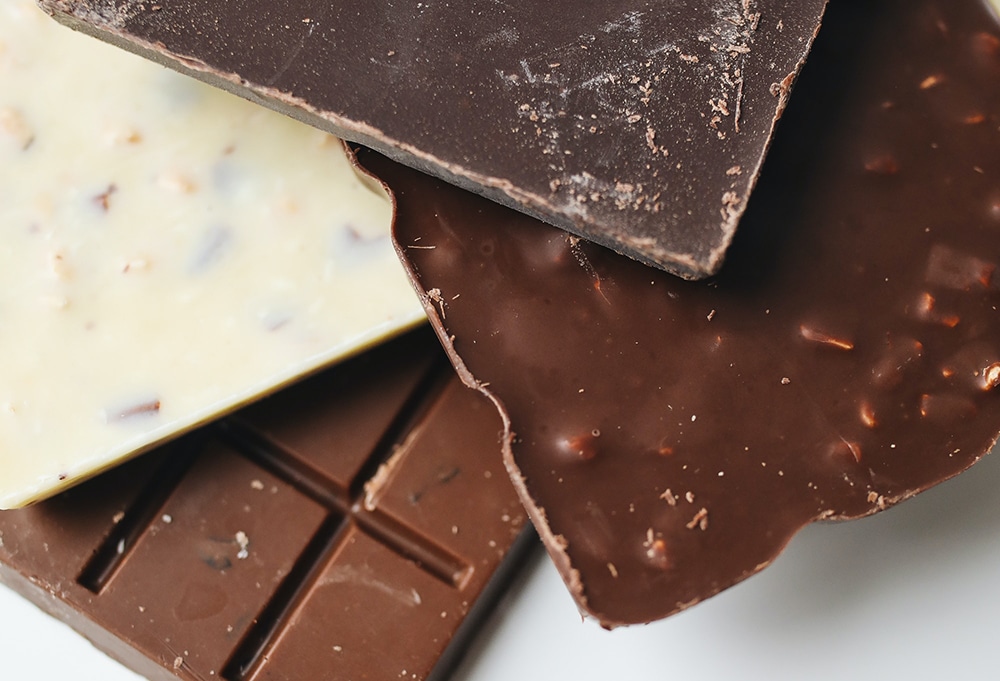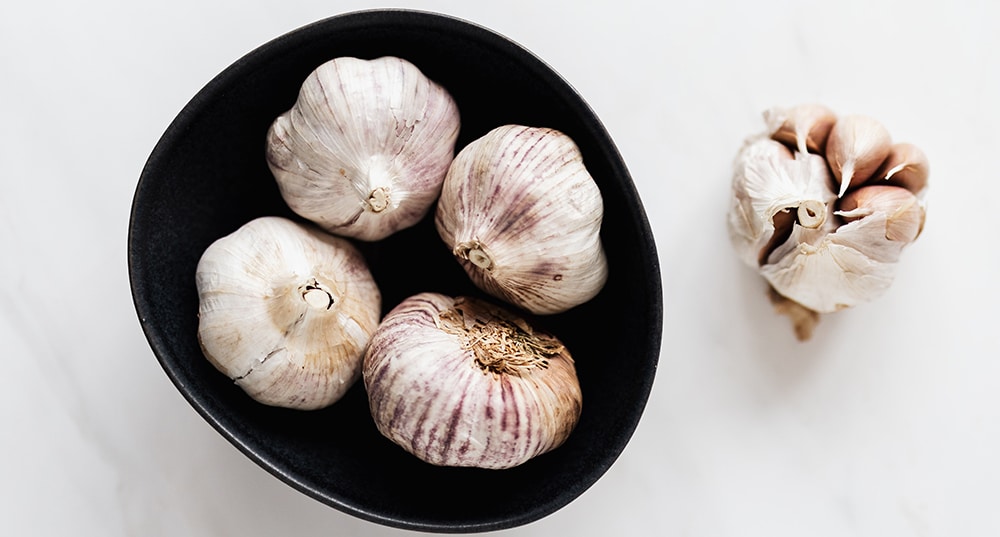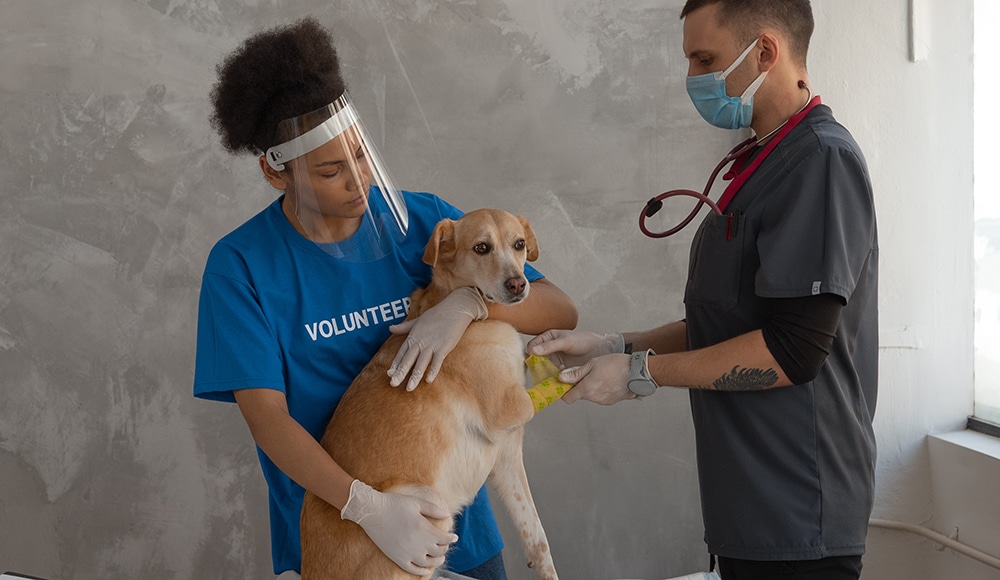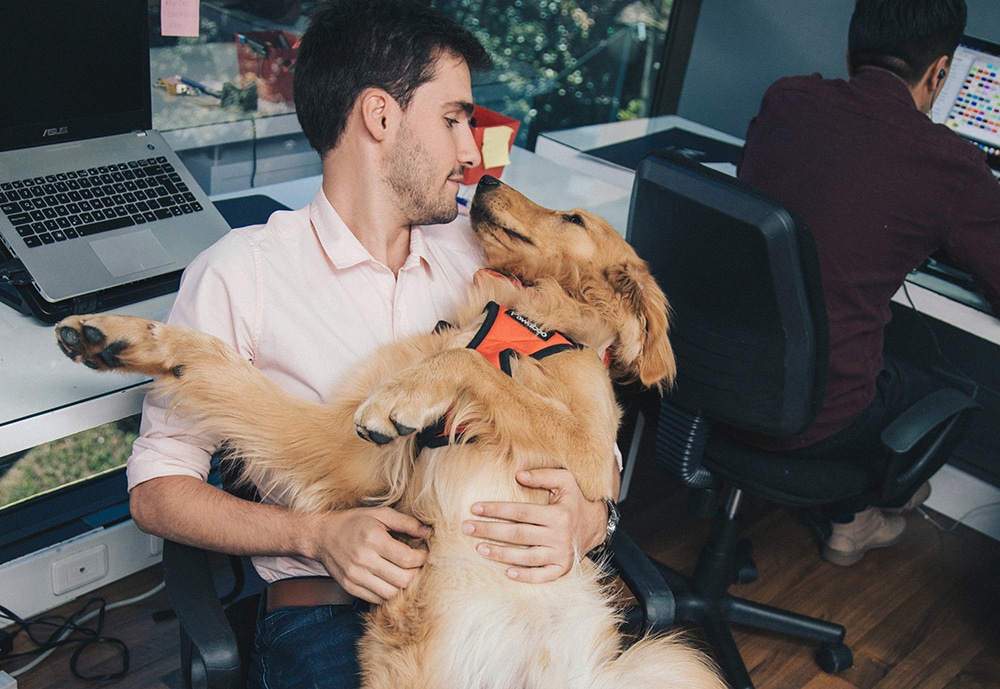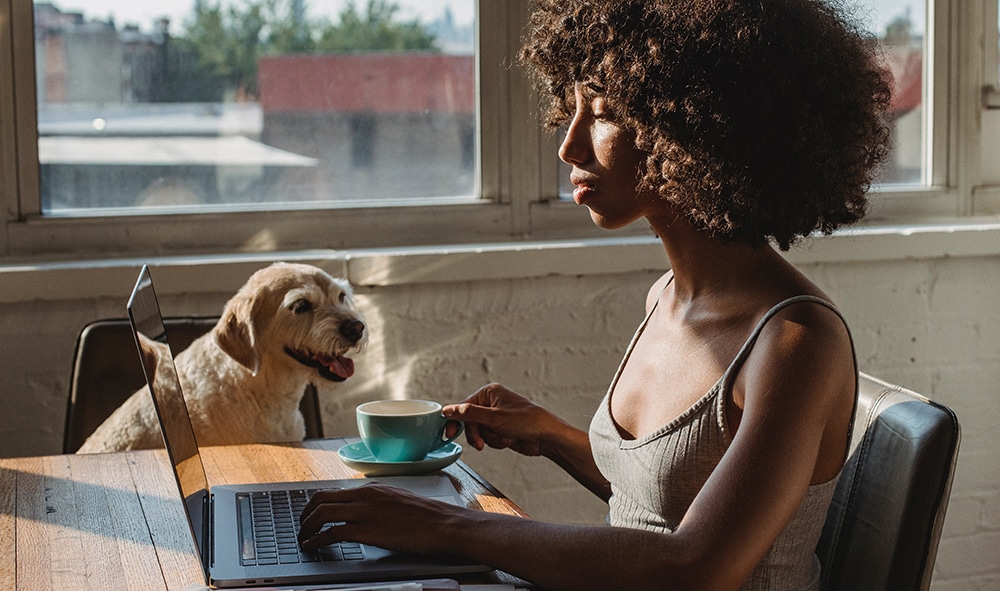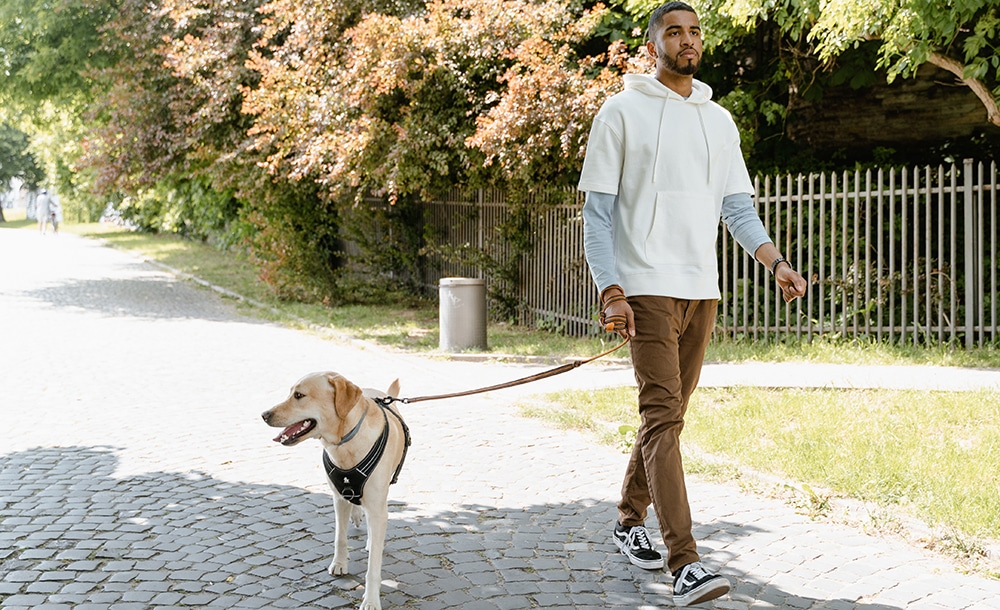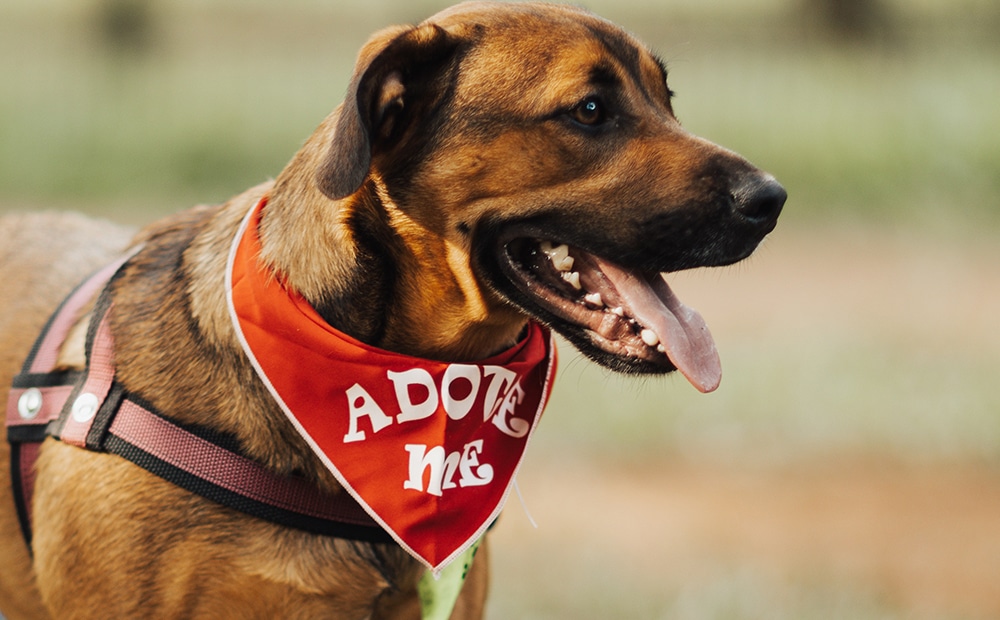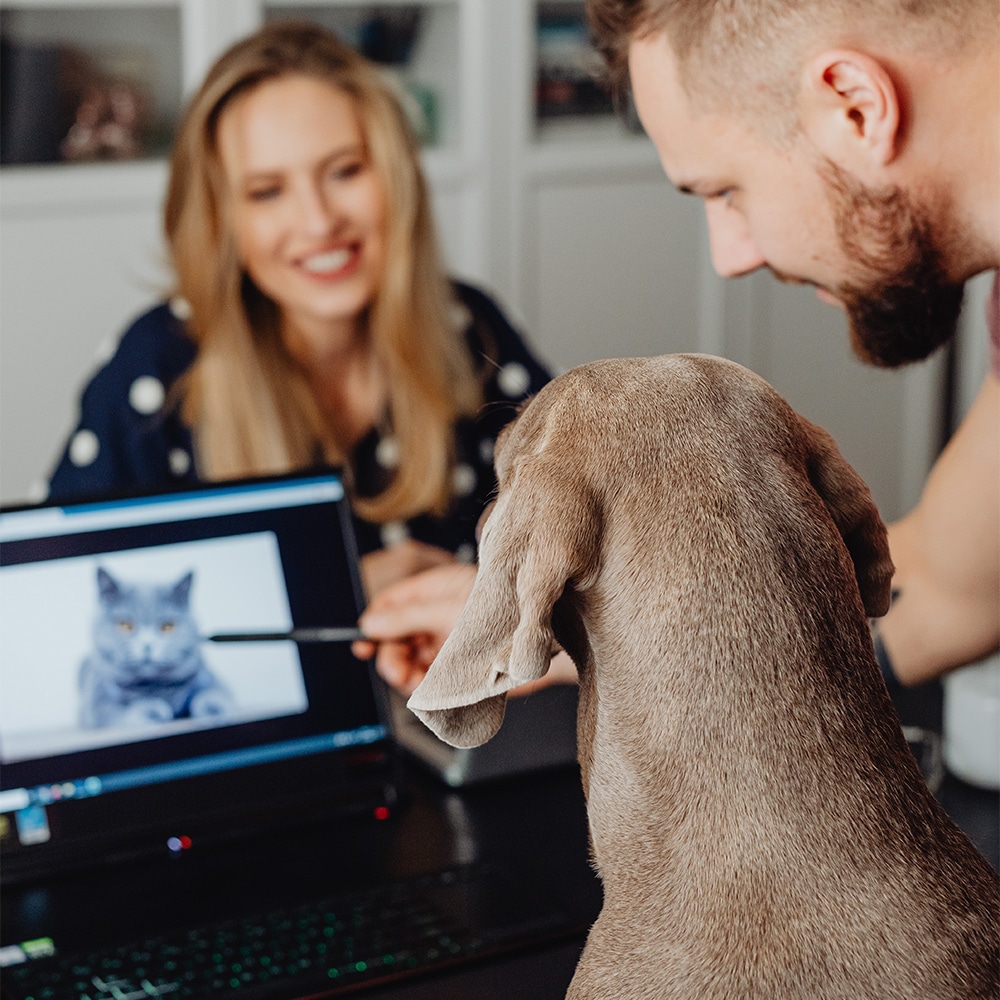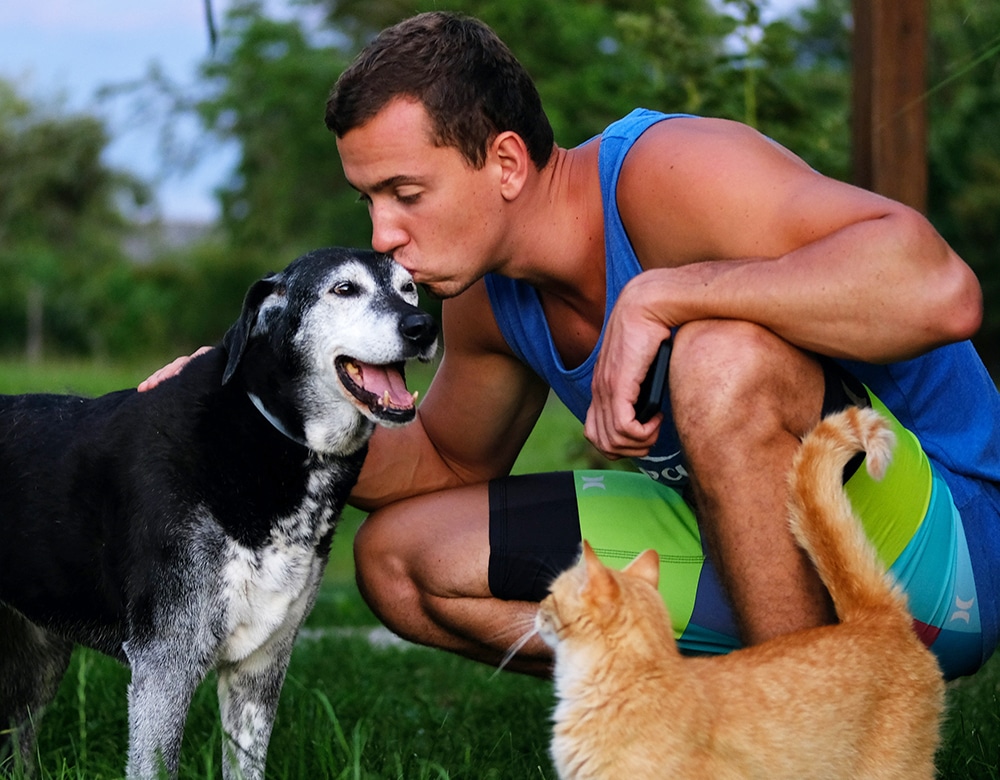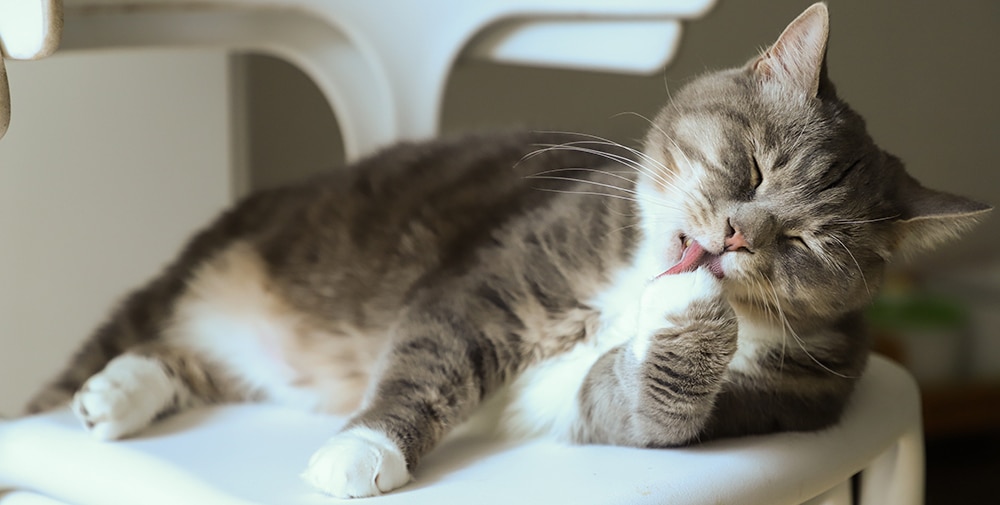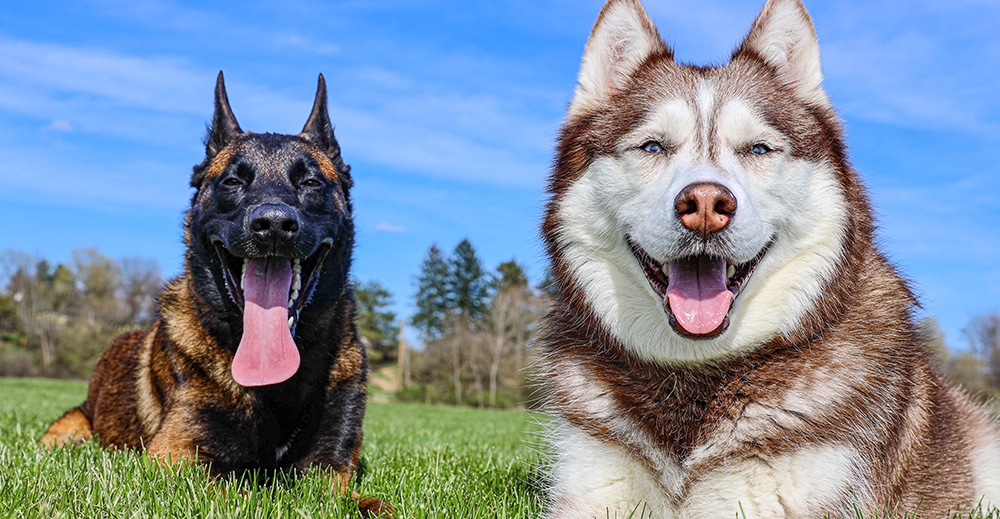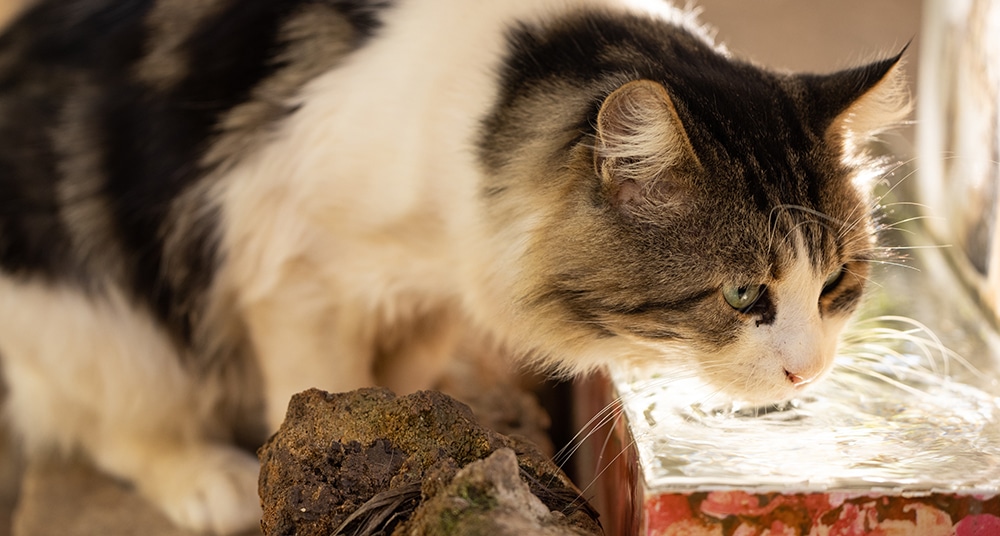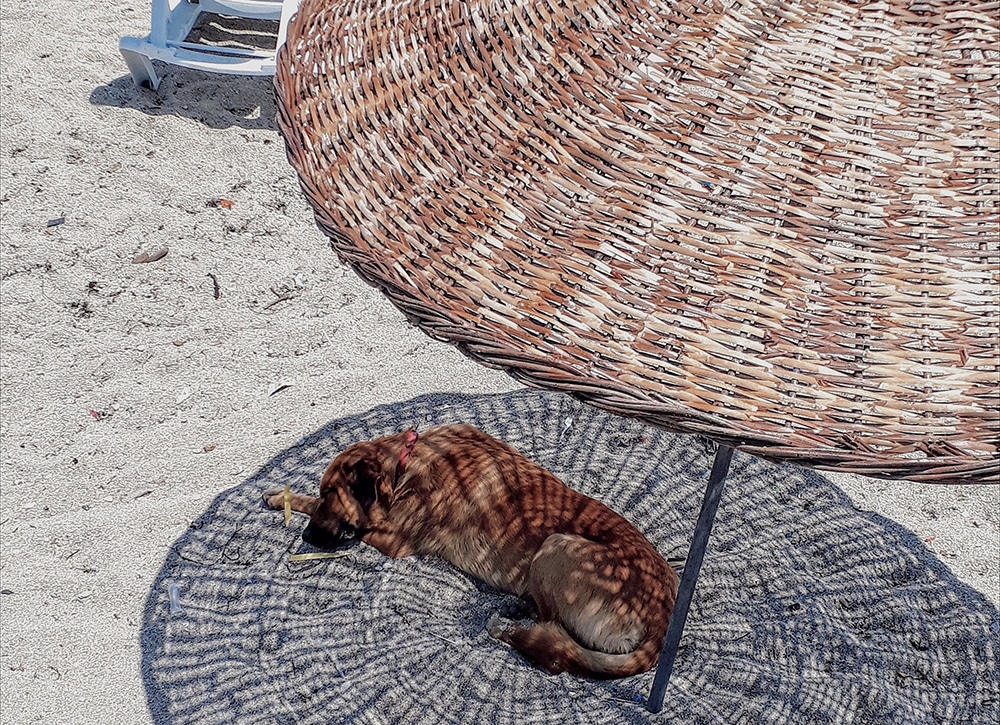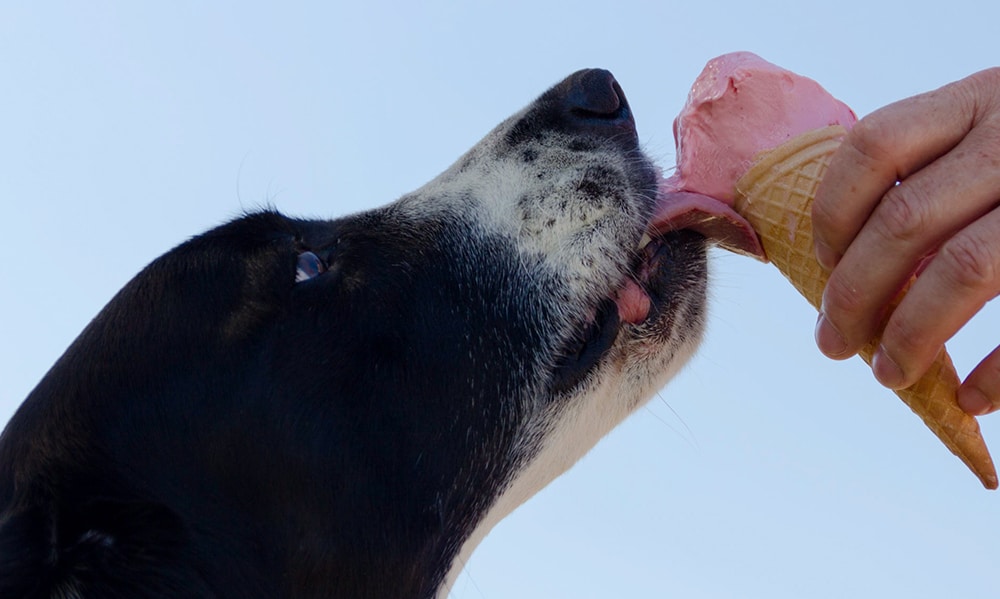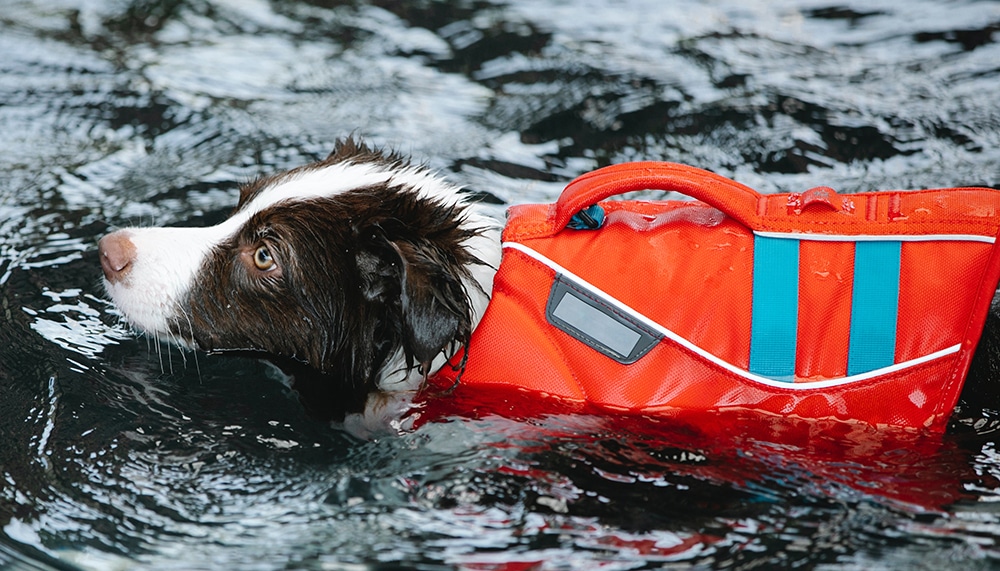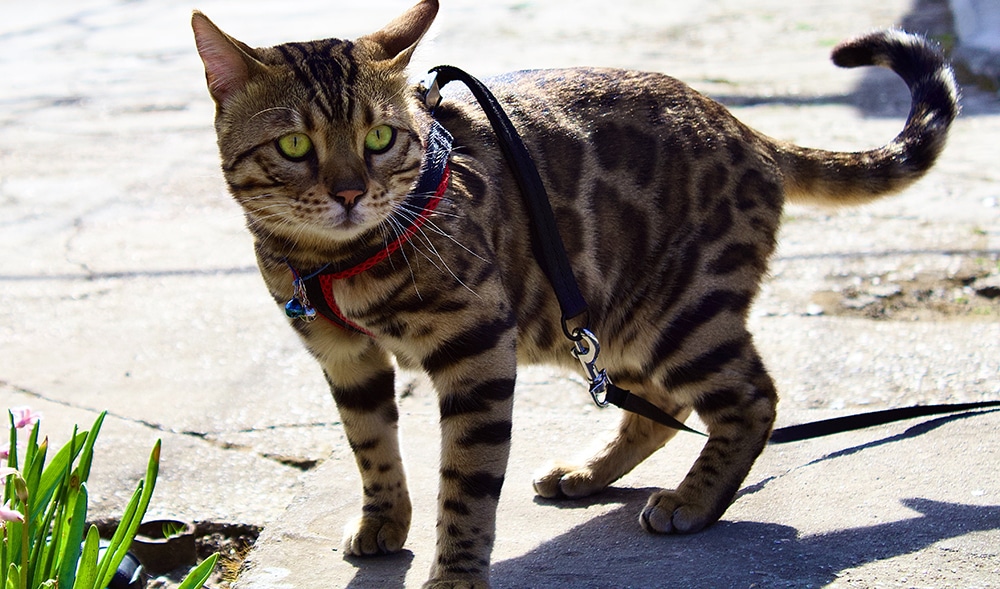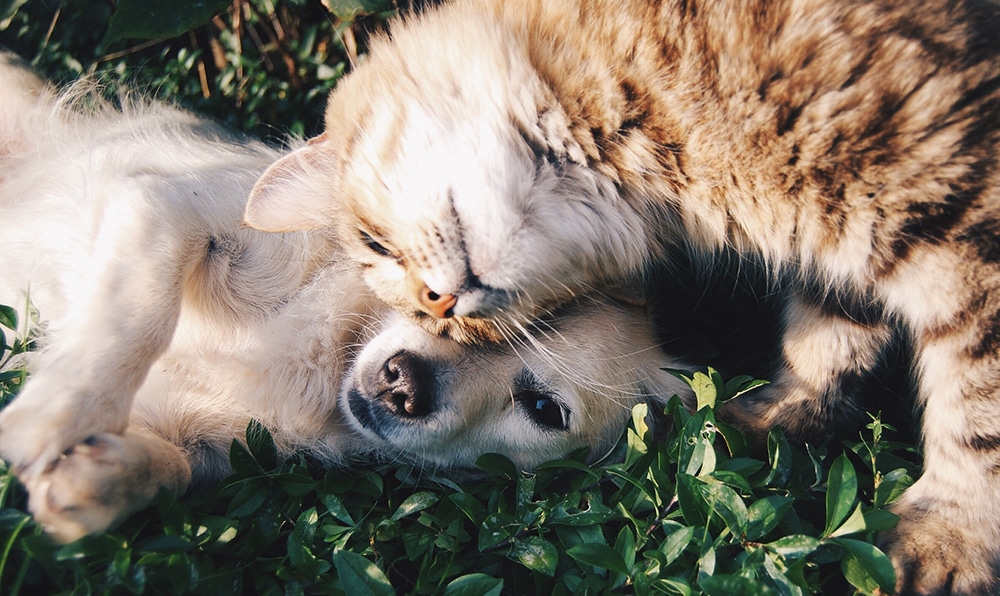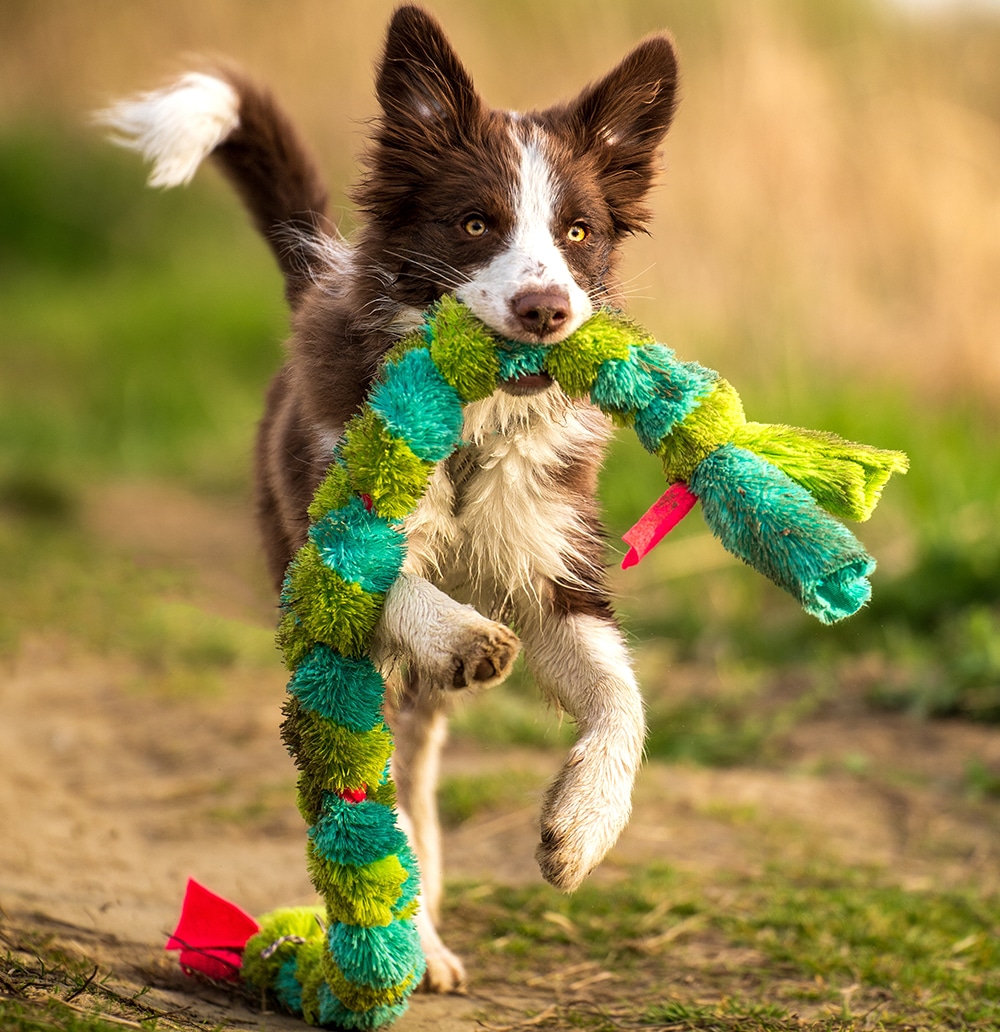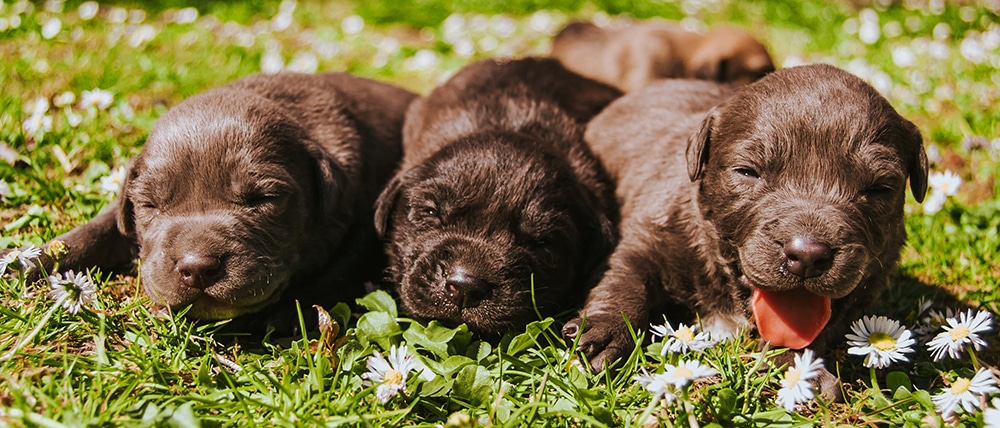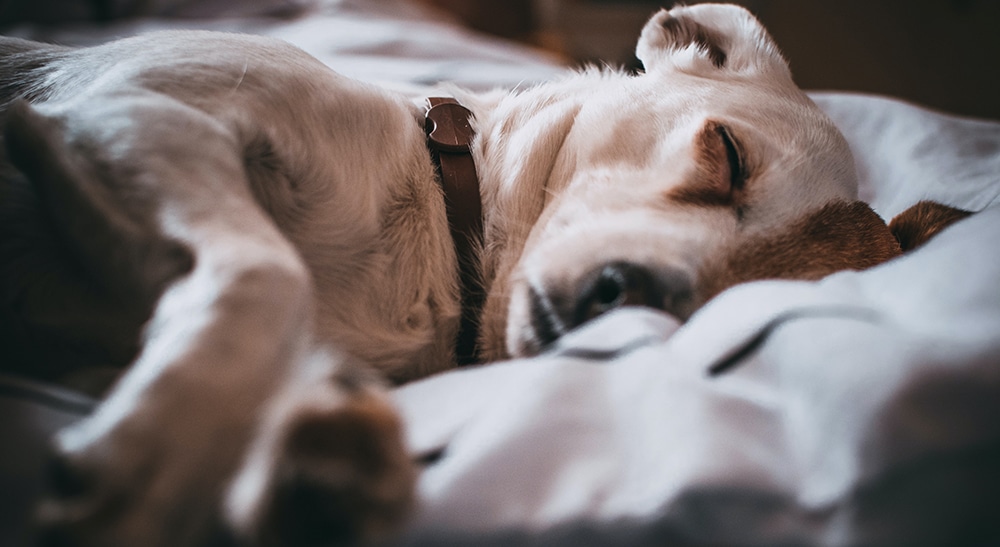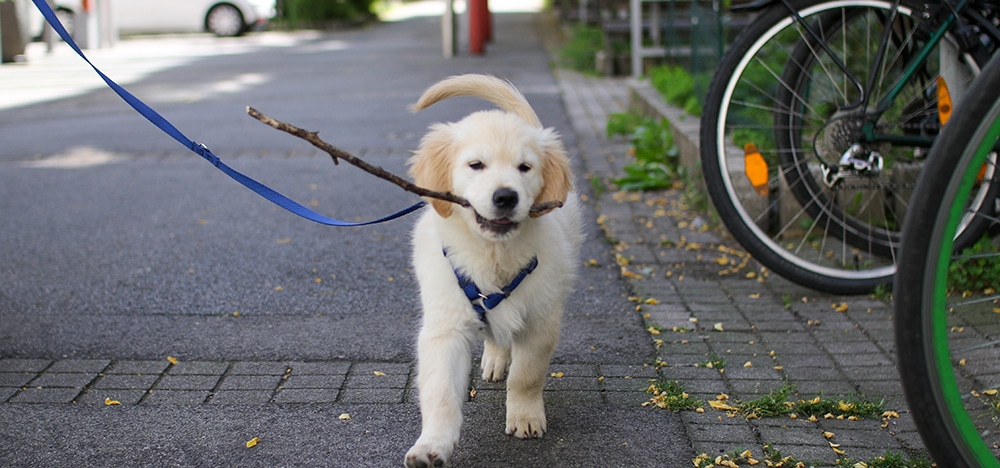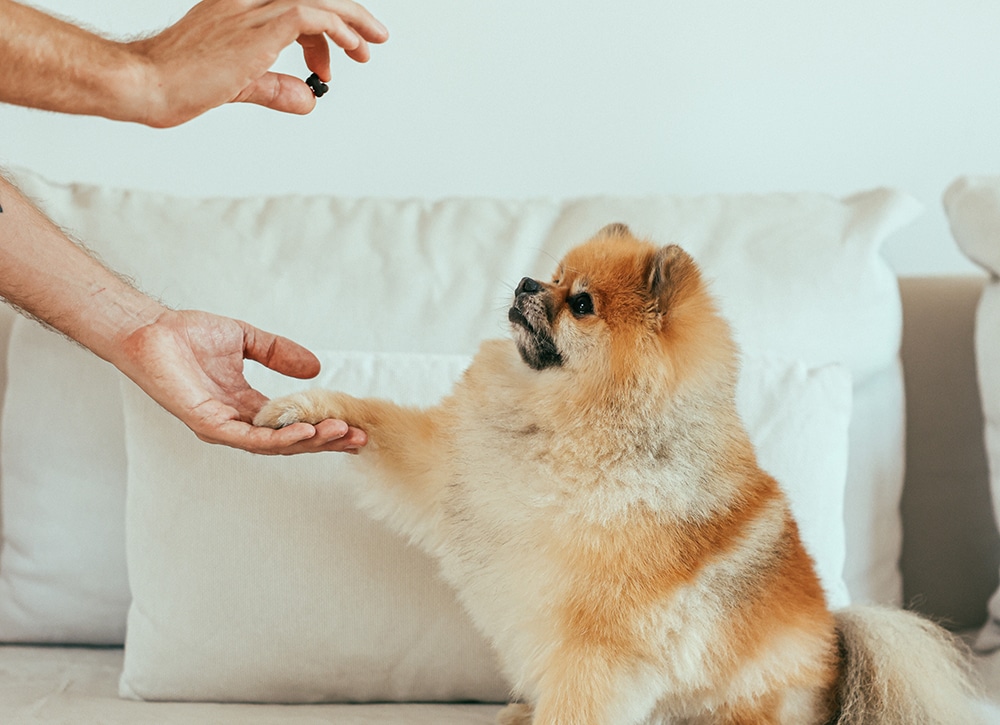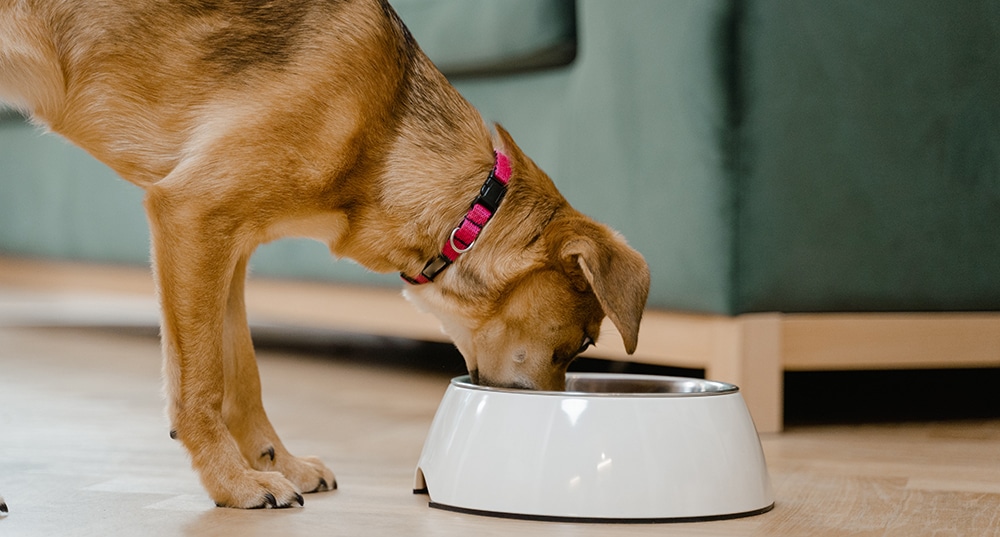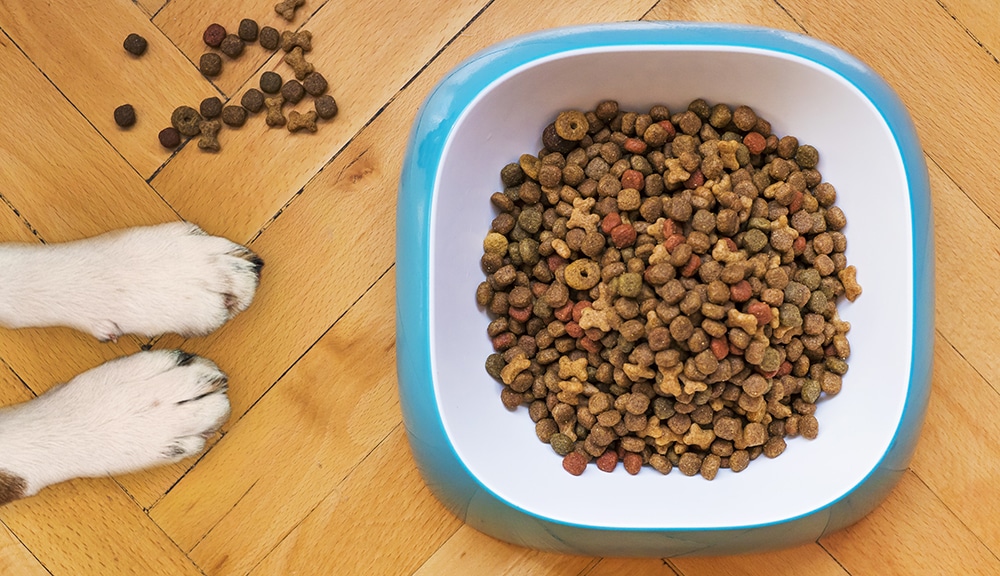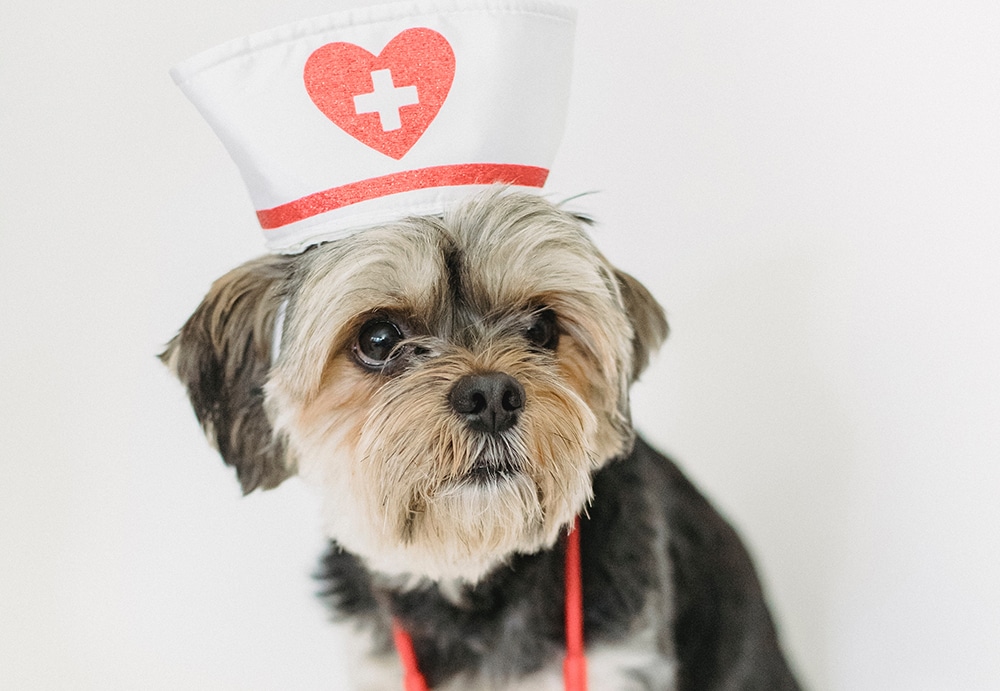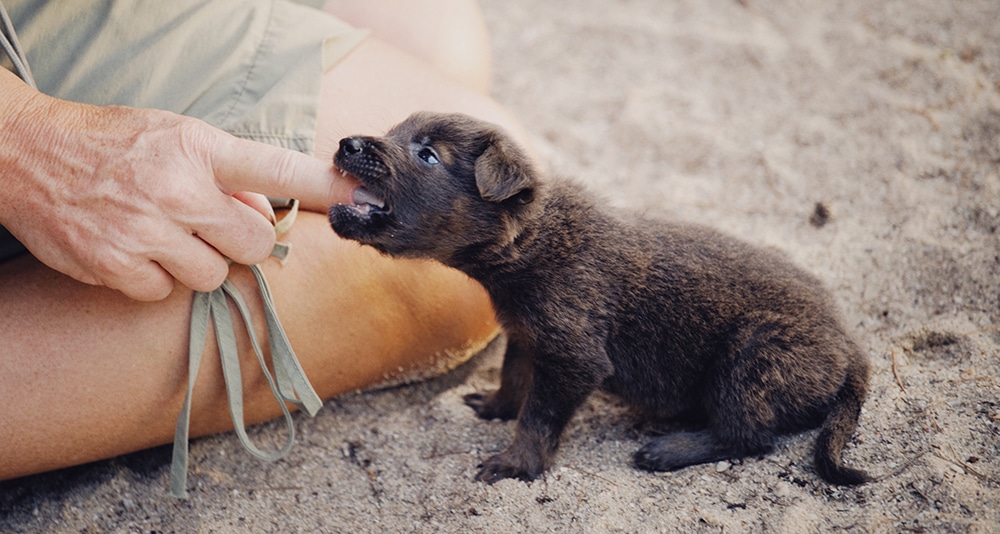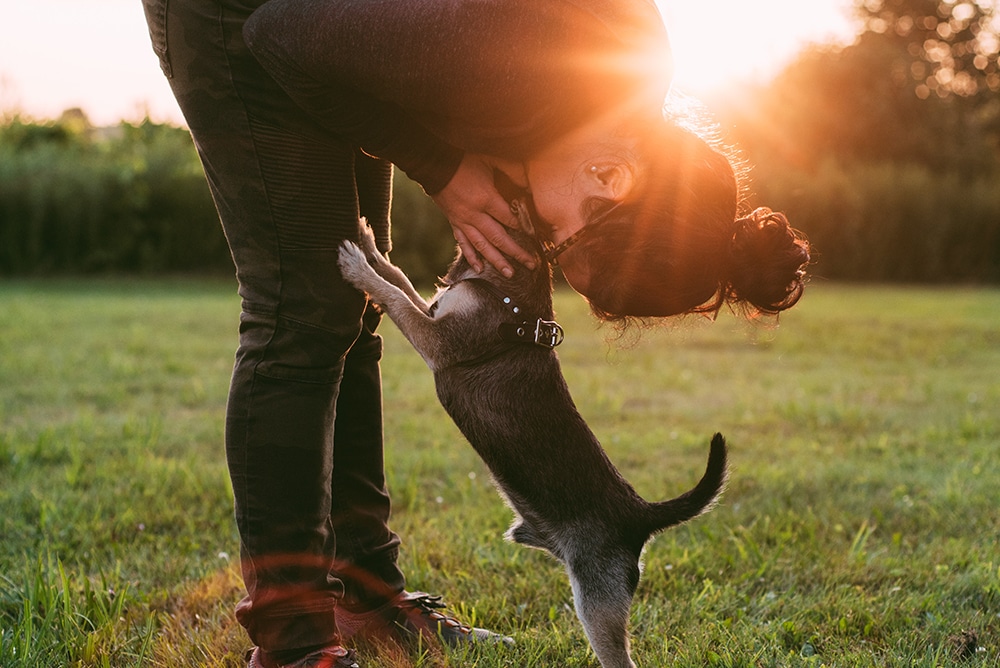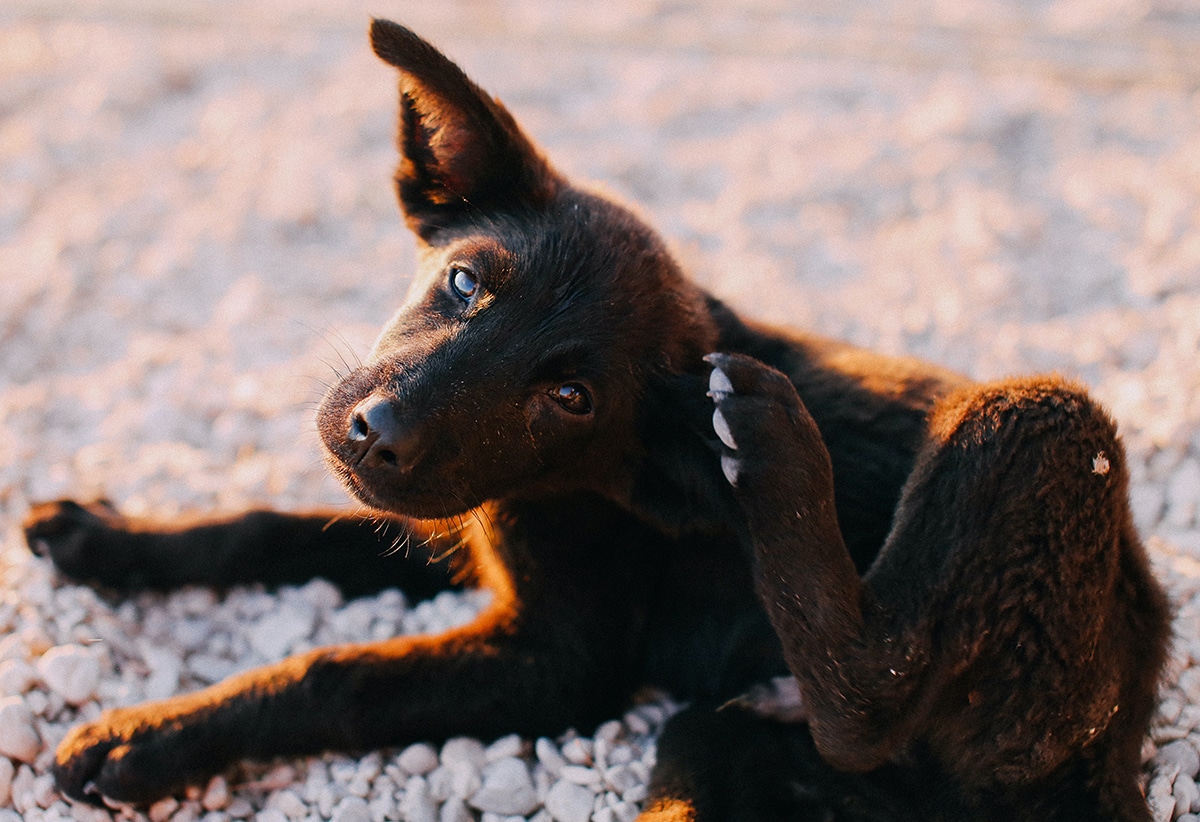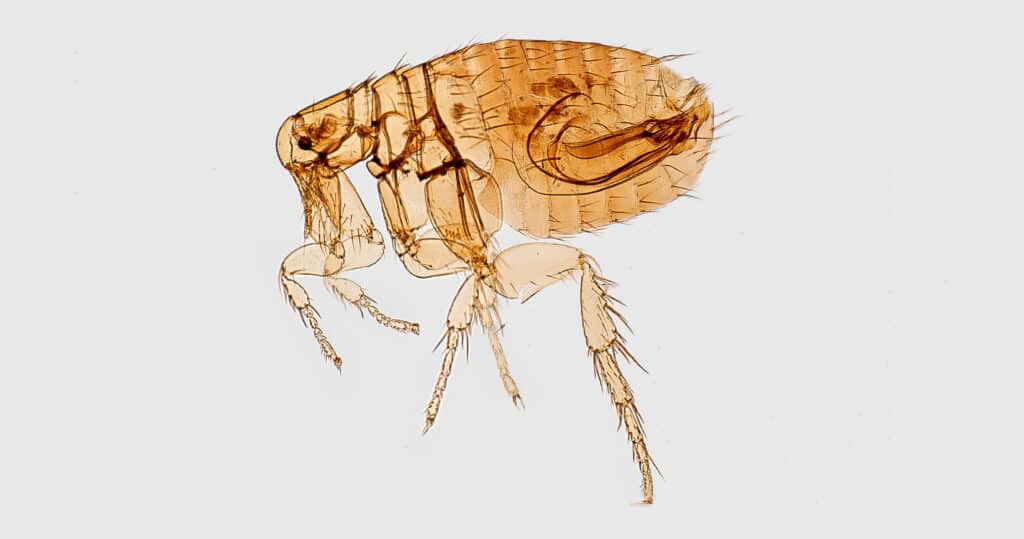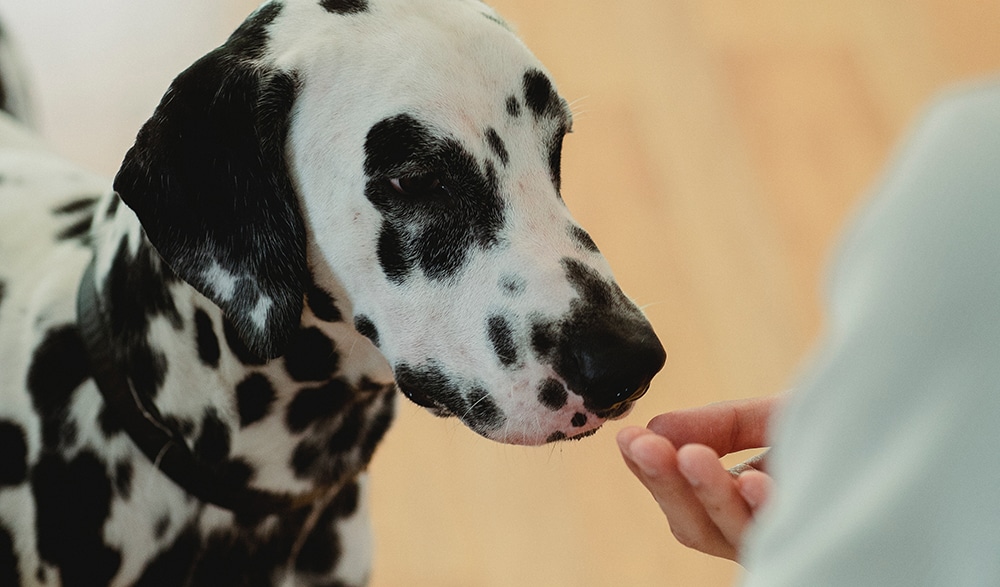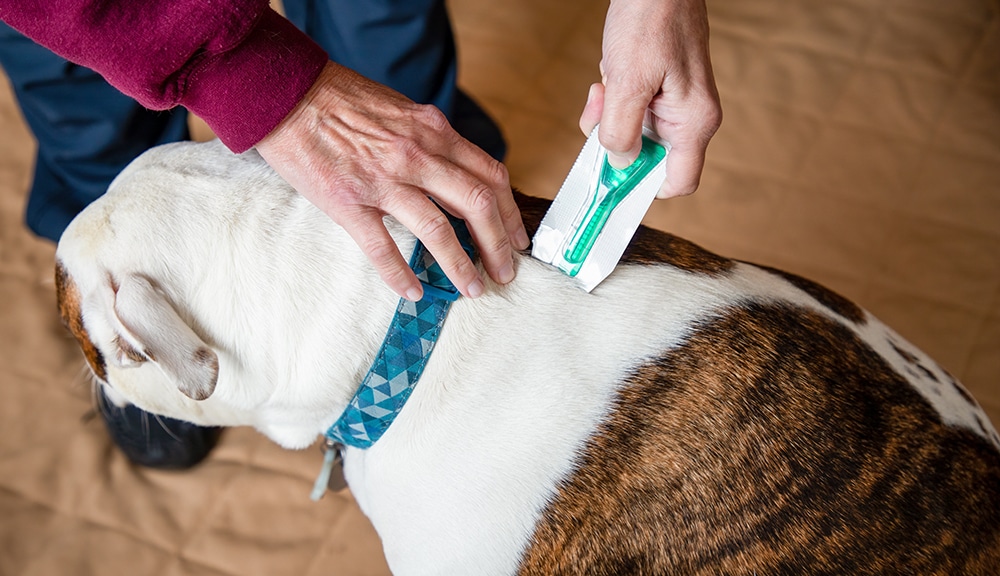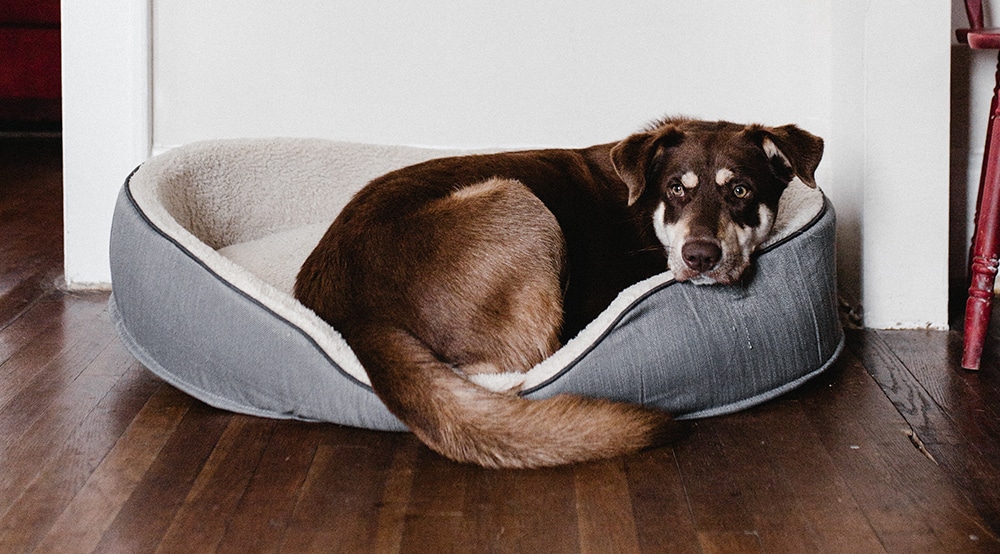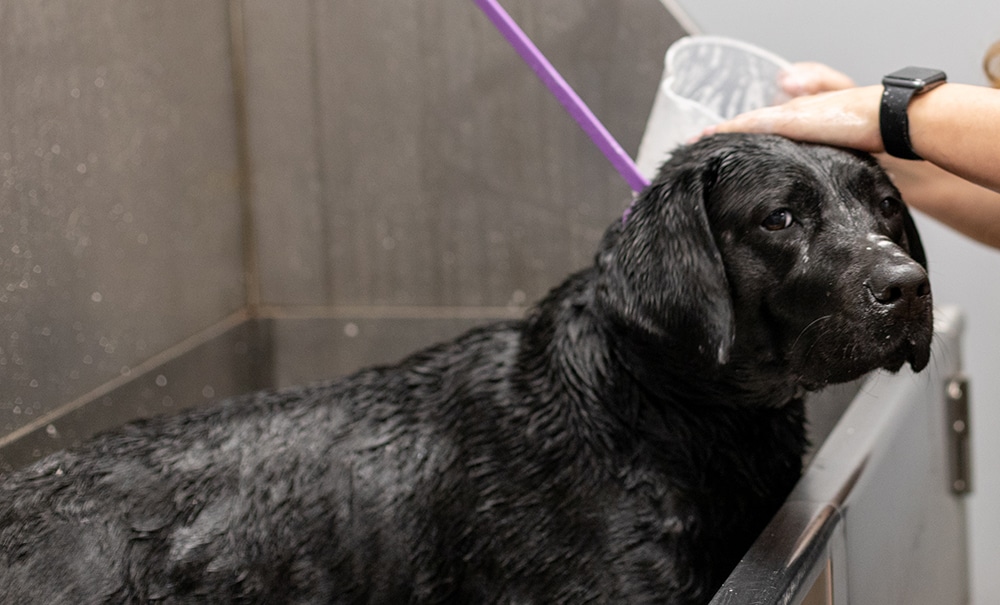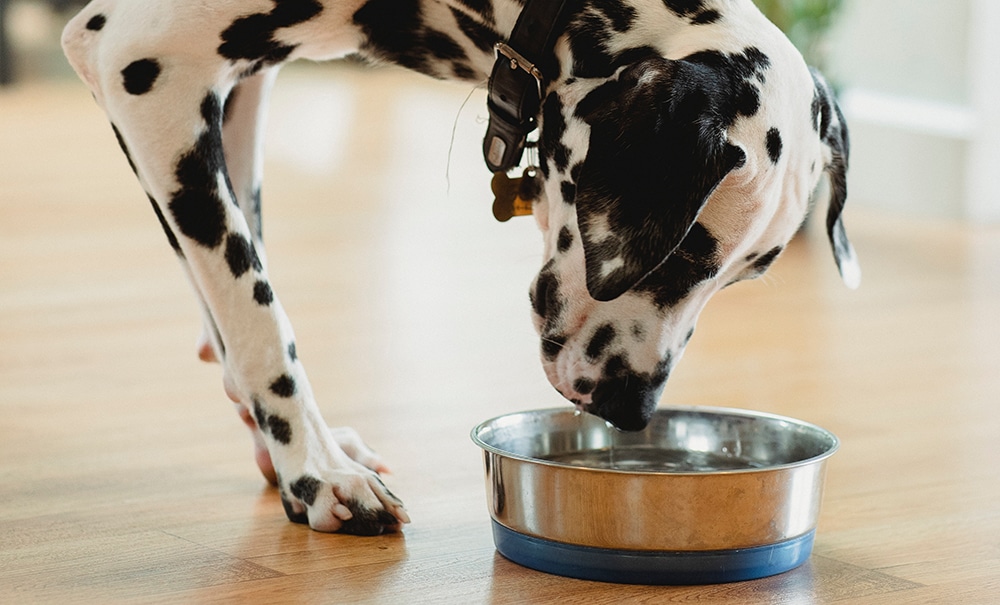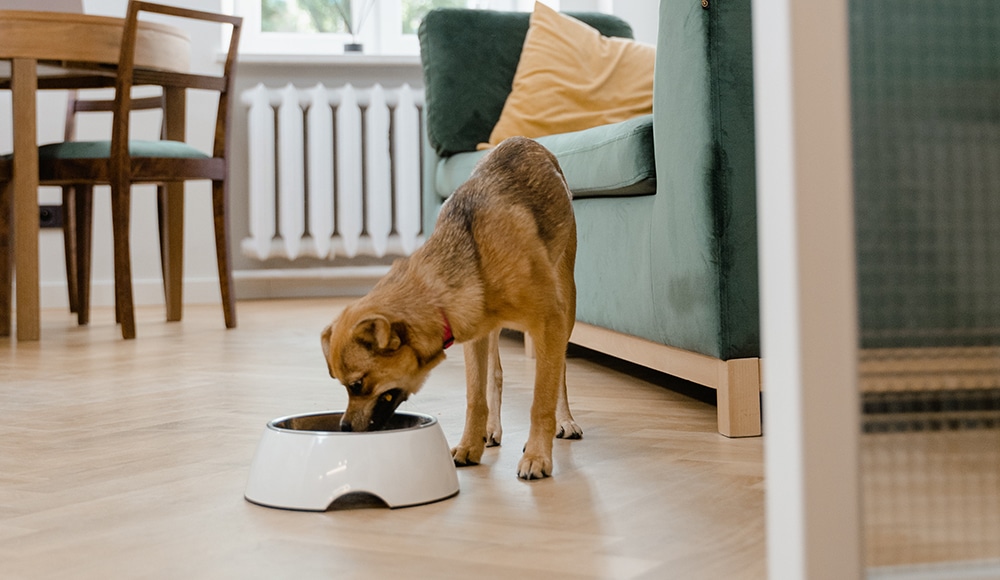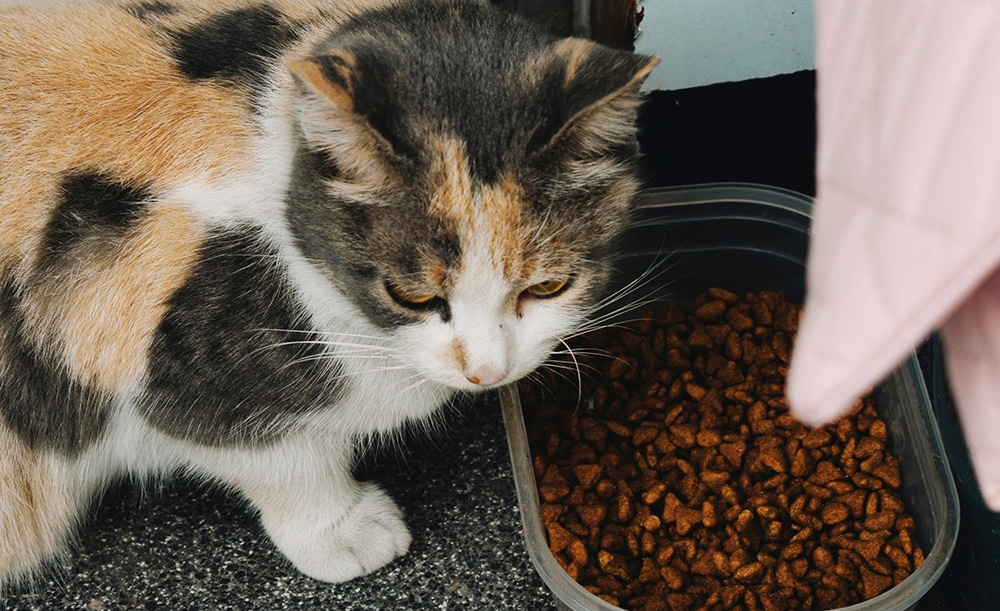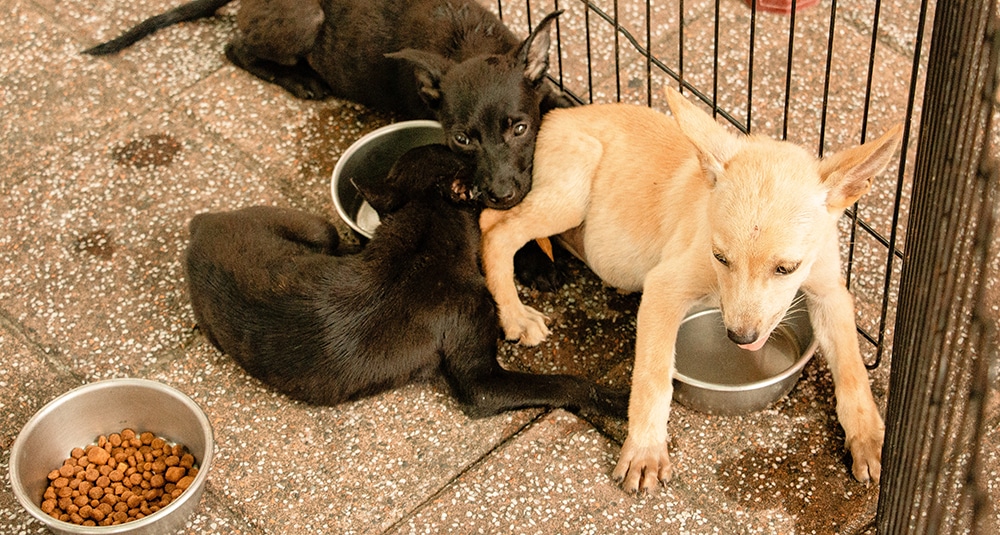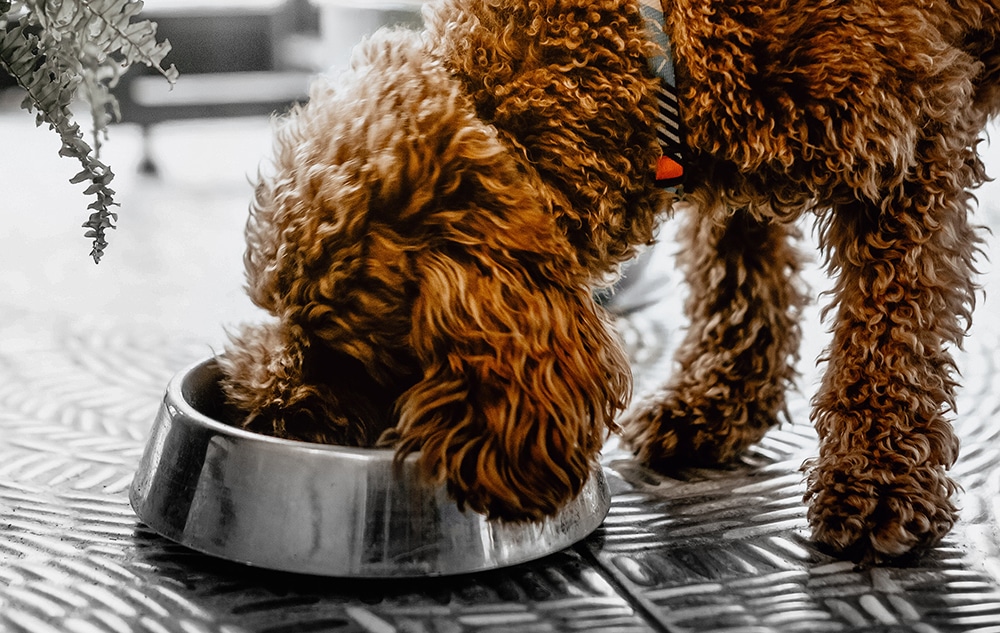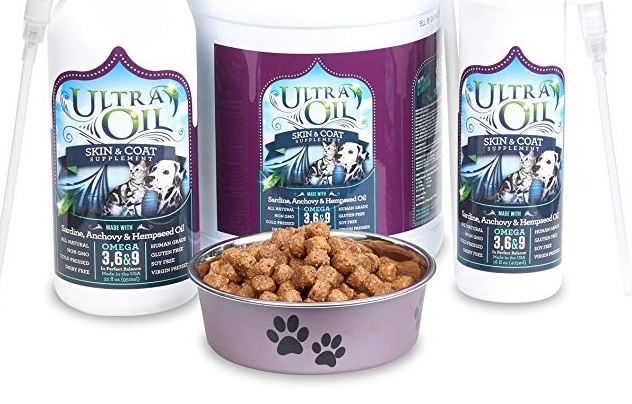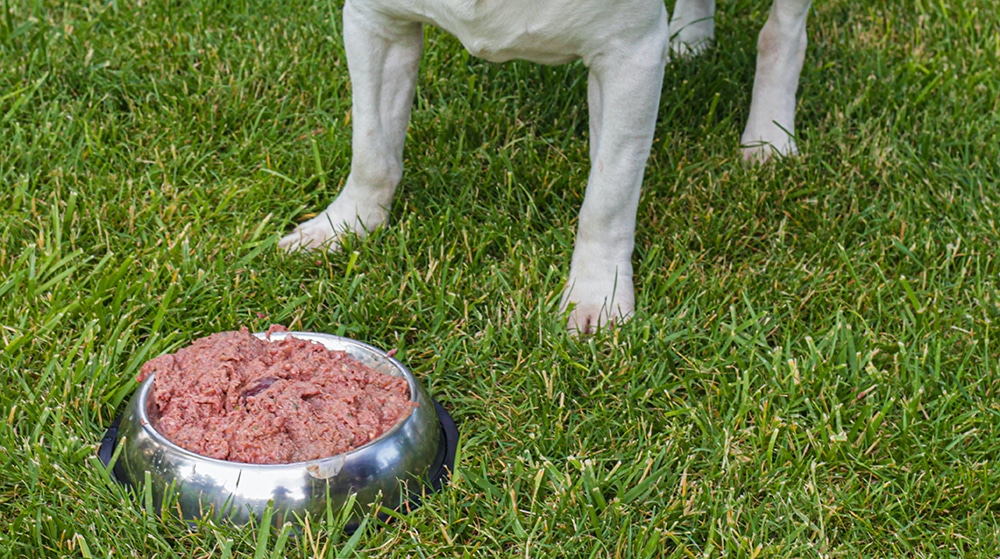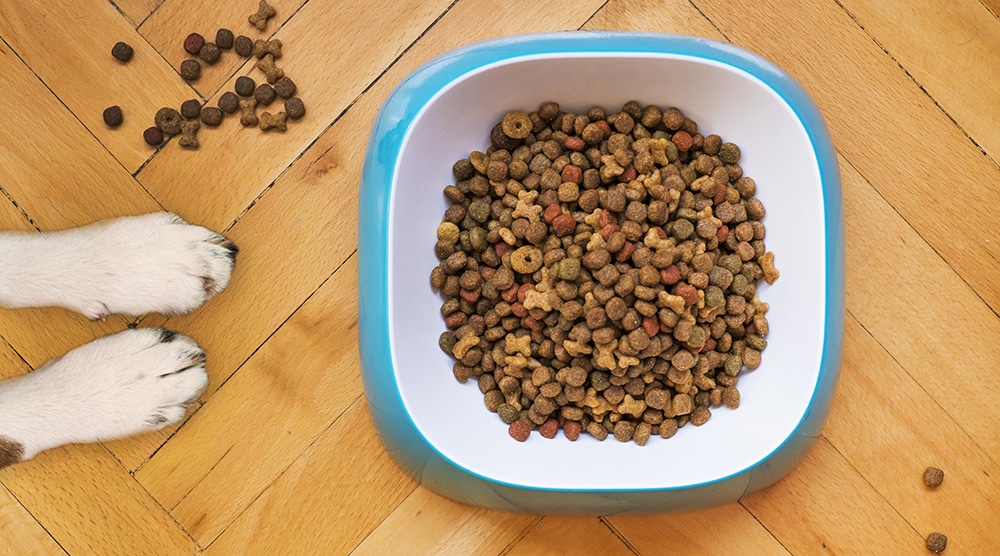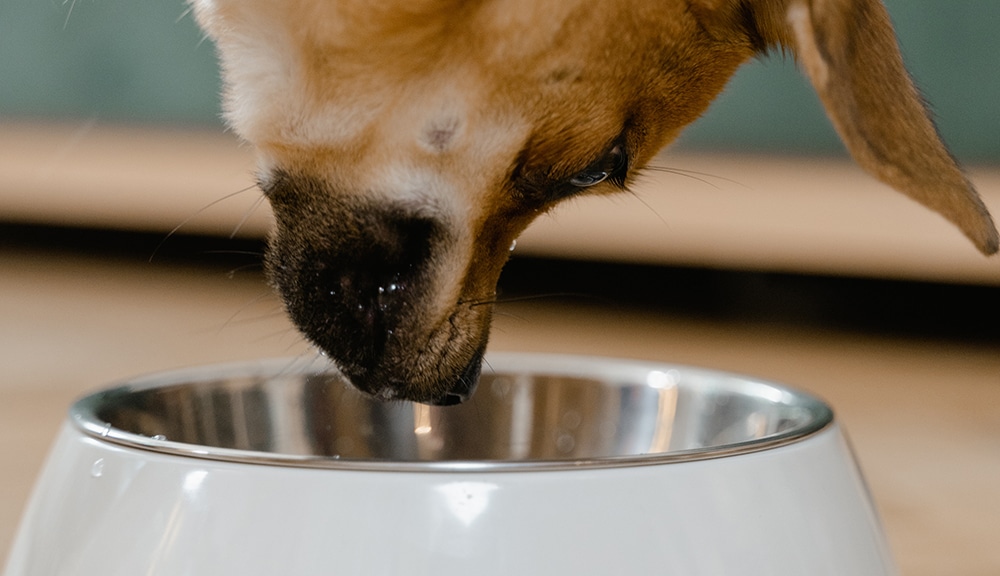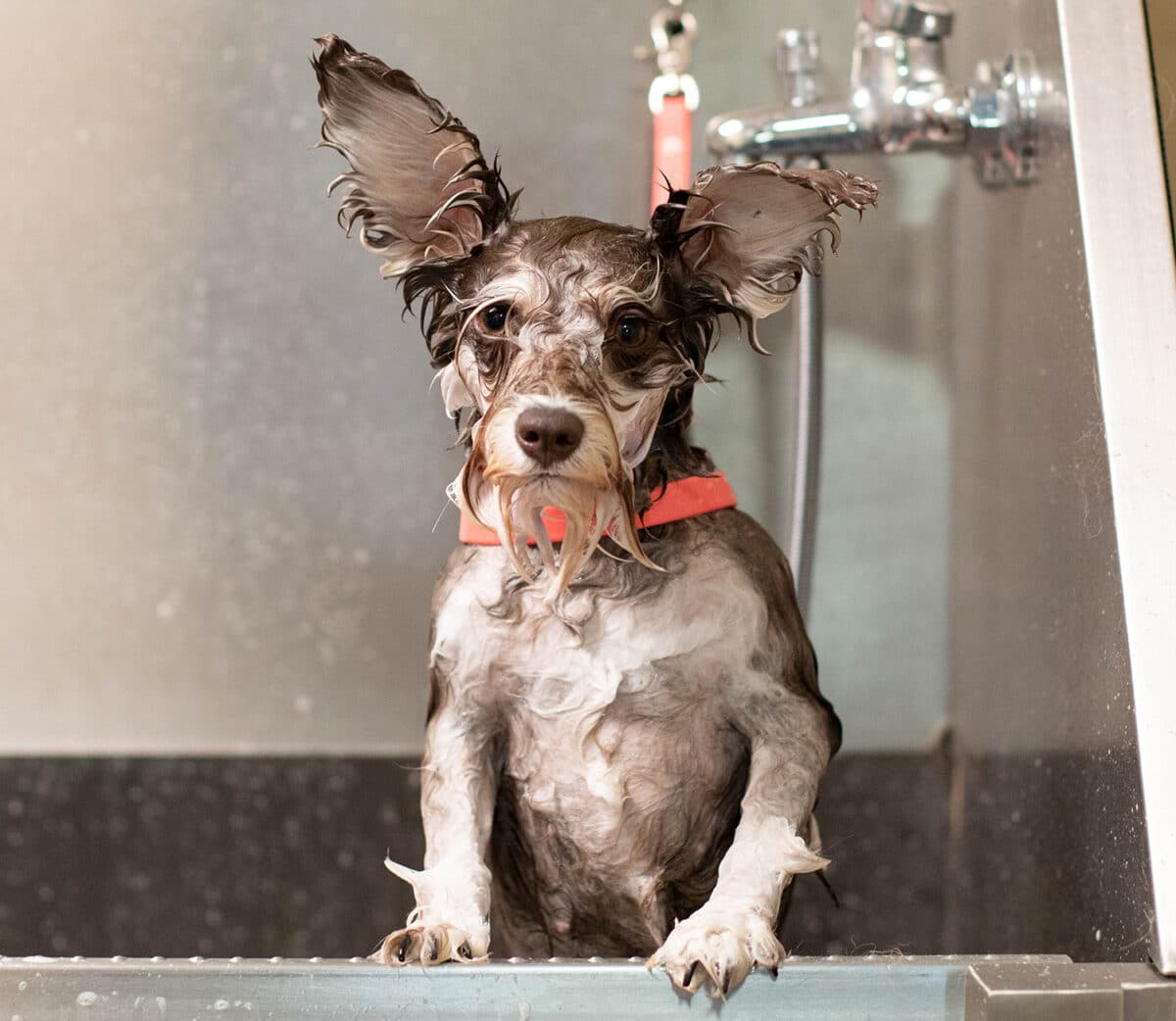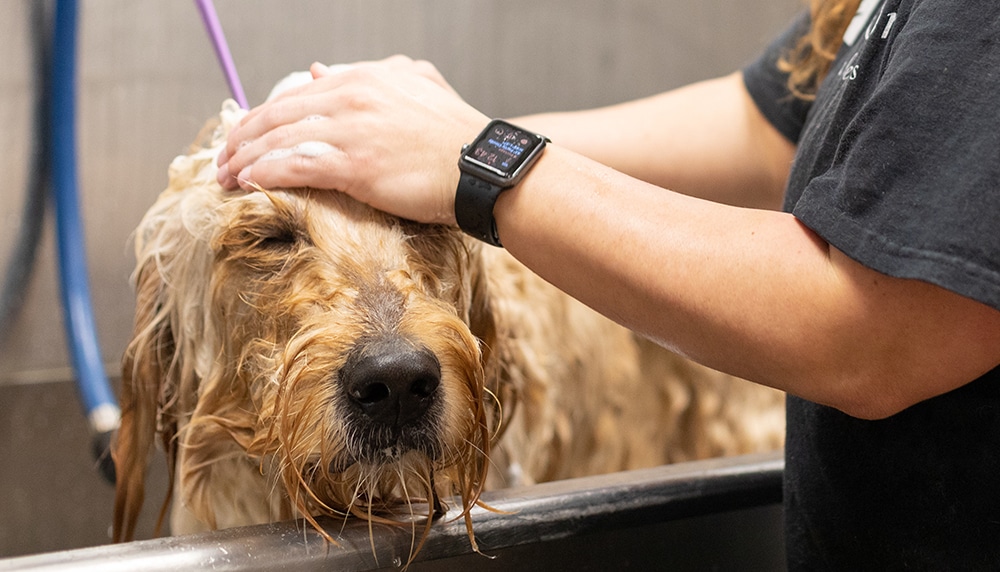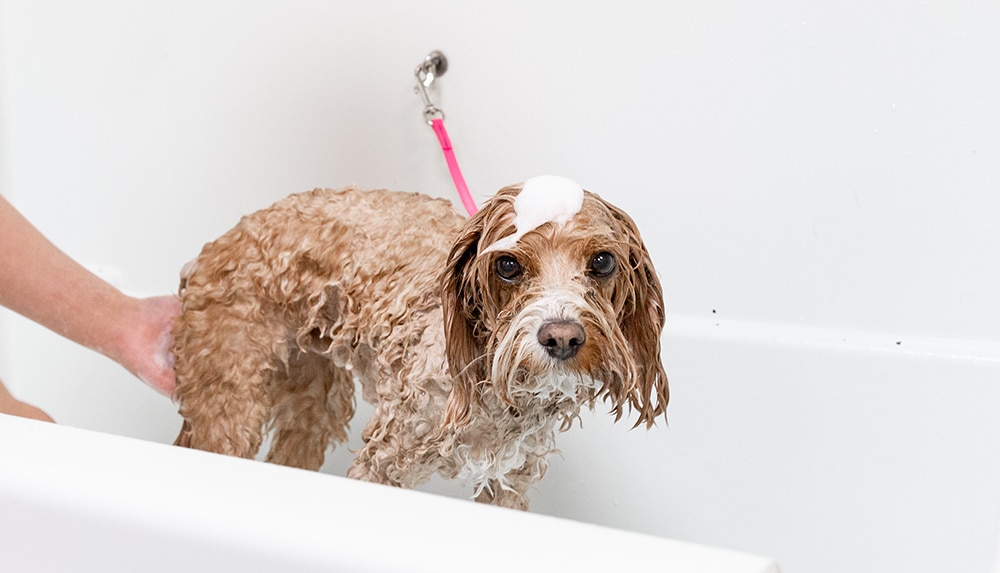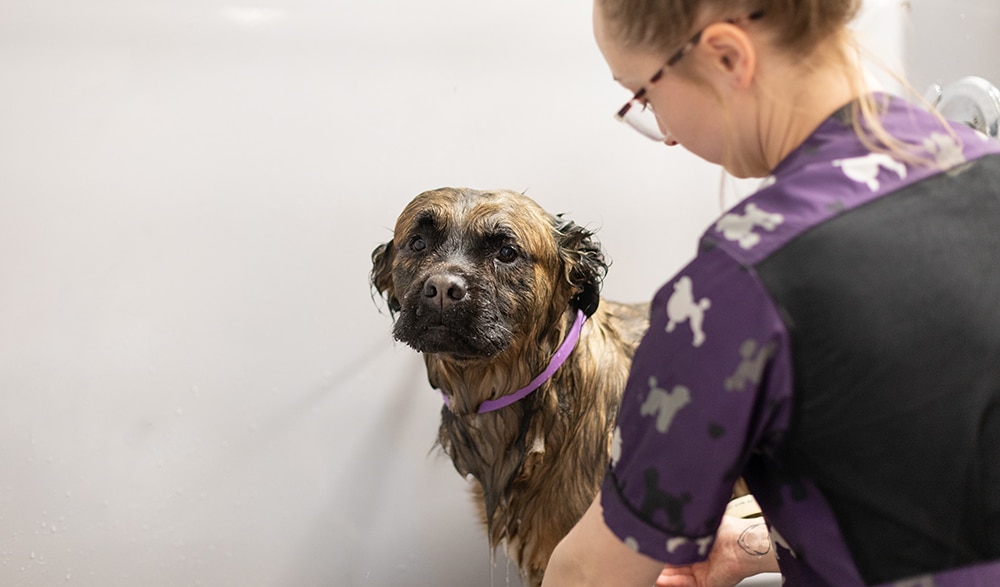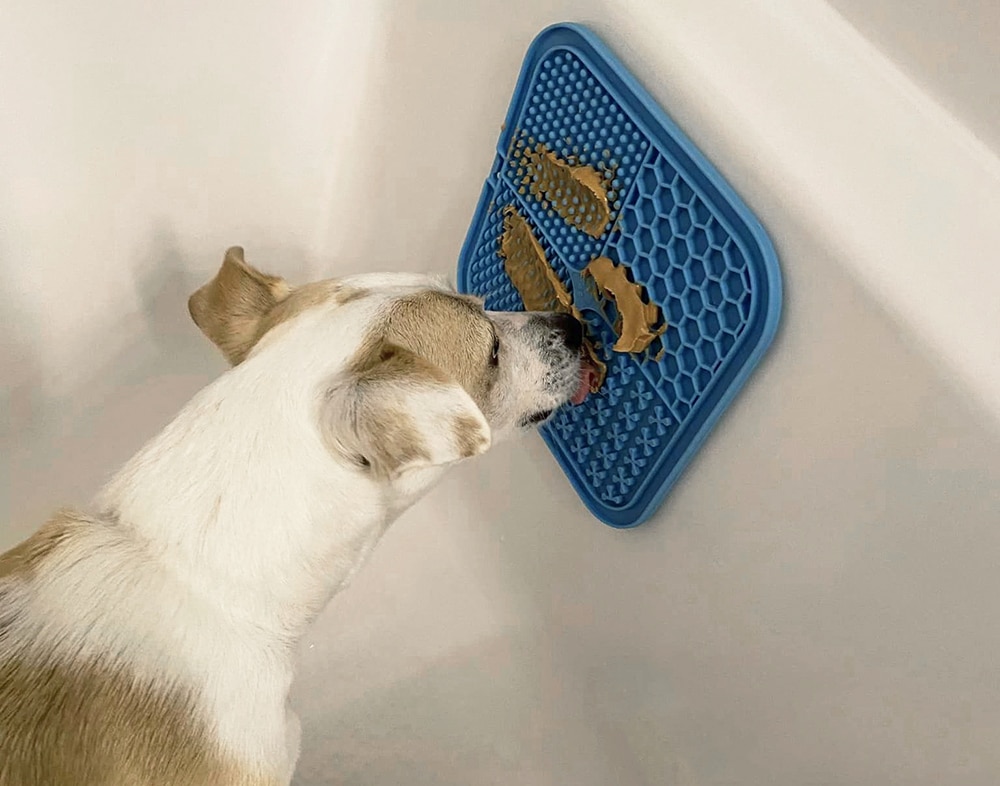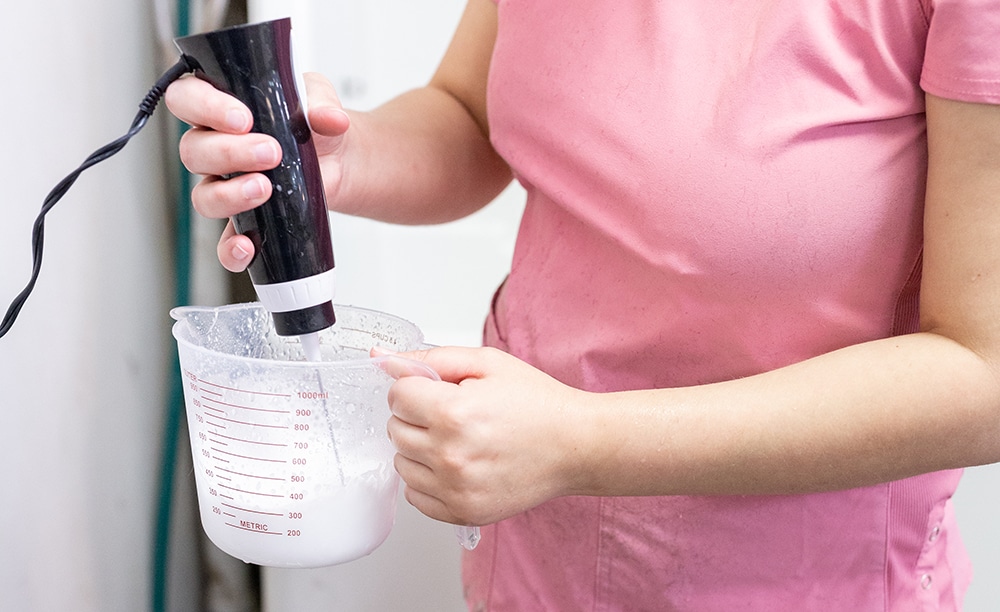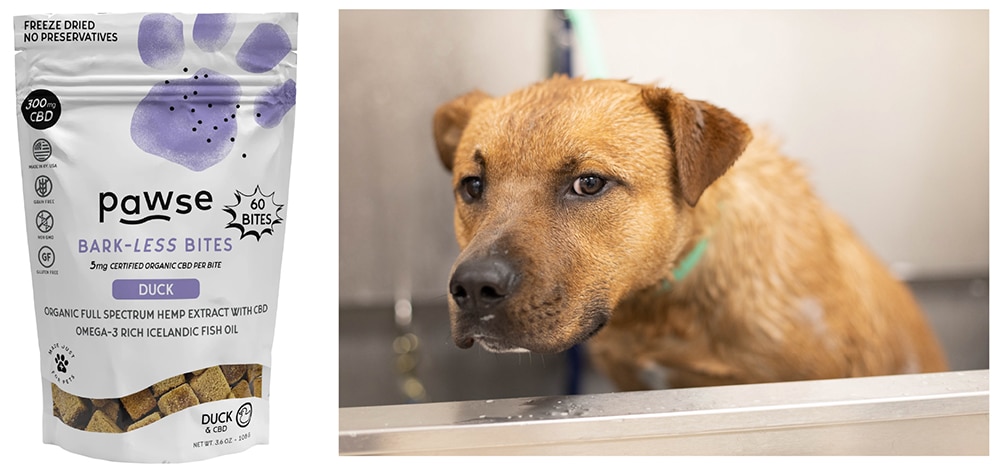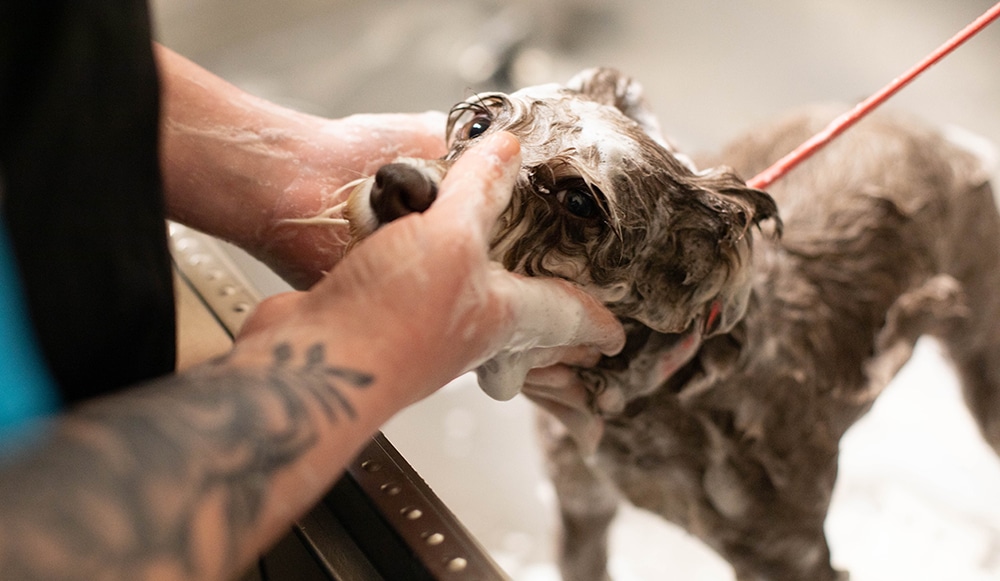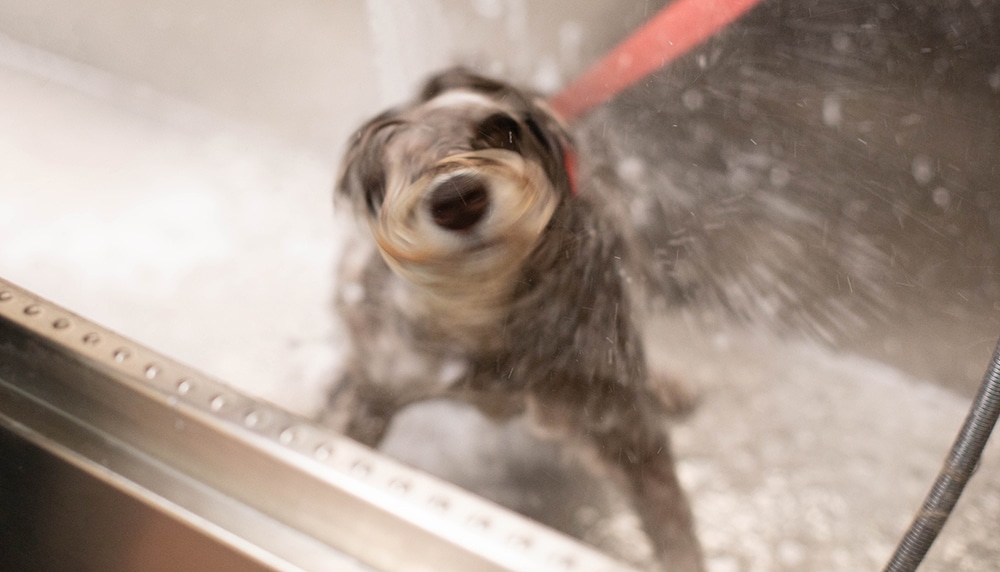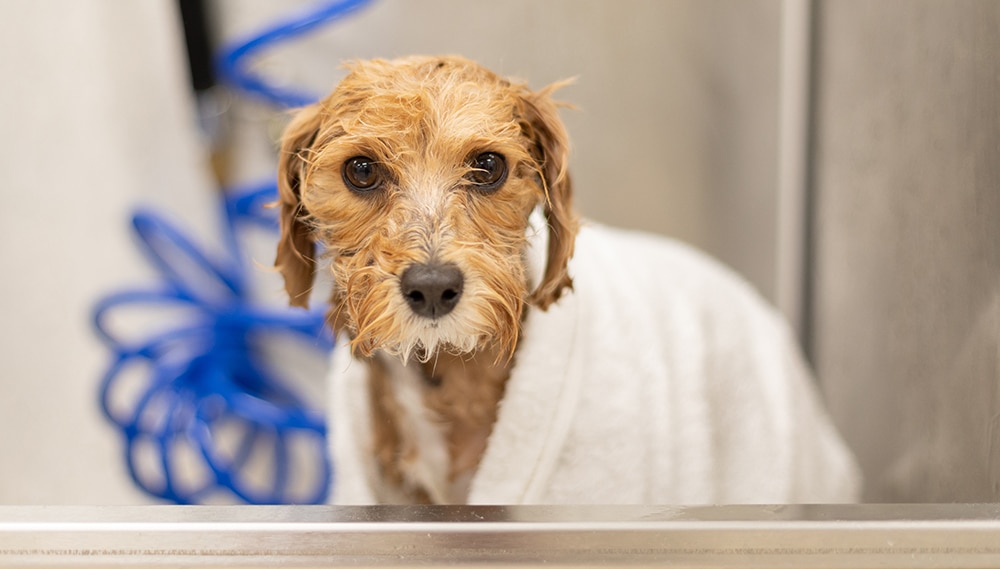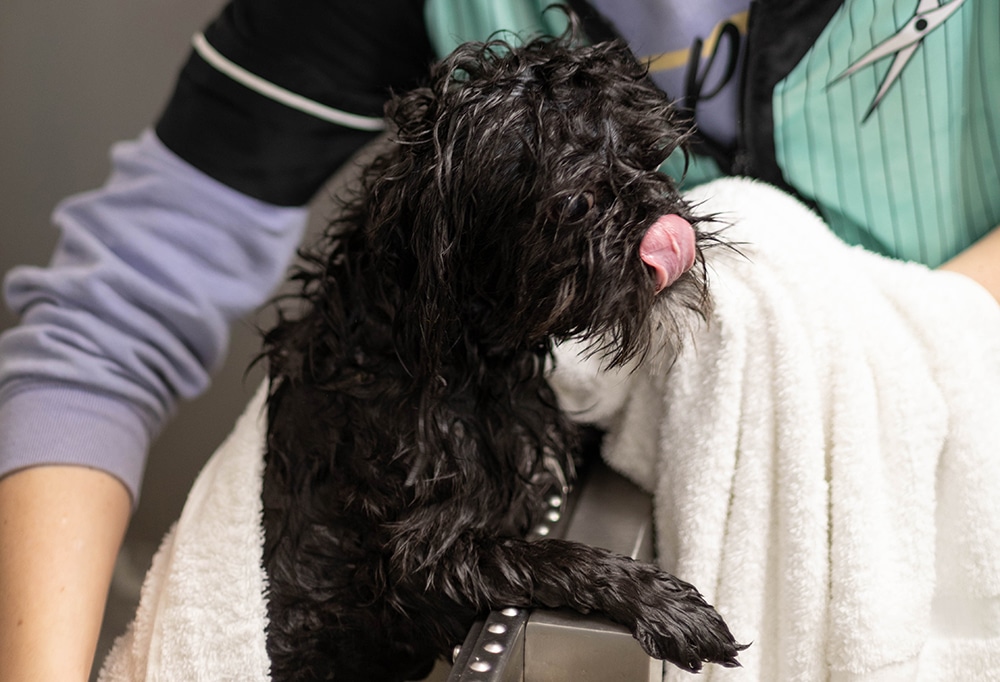The 4th of July can be a scary time for dogs. Not only are fireworks set off on the holiday itself, but loud booms and bright lights often disturb pets for days before and after the actual holiday.
The thunderous noises and flashing lights can alert danger in pets. Many dogs will have their flight or fight response triggered and show signs of stress such as panting, pacing, whining, hiding and destructive behavior. The key to helping your dog through the holiday is to be proactive before the fireworks begin.
This blog covers different ways to successfully calm down your dog during the 4th of July and offers suggestions to ensure the next loud holiday celebration is less stressful for your pet.
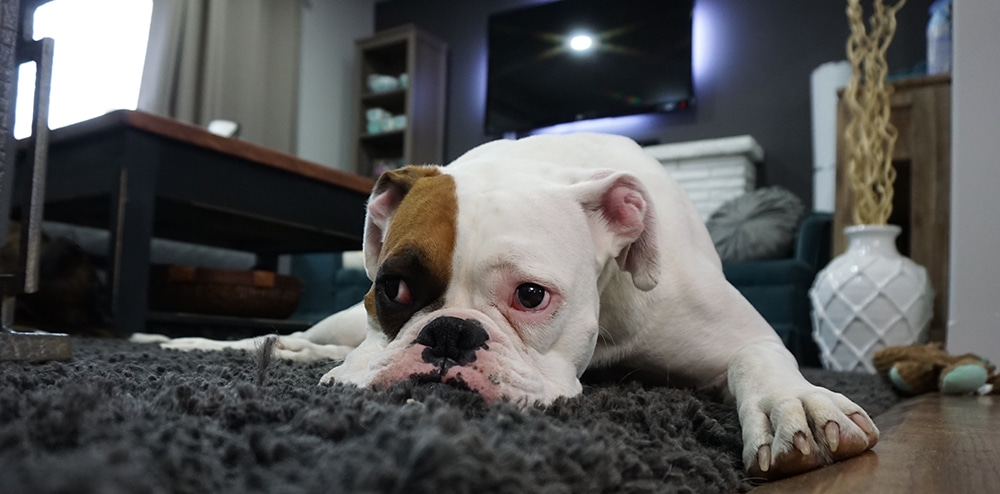
Exercise your Dog
Go for a long walk or have intense play with your dog a couple of hours before a fireworks show. The goal is to exhaust them and allow them to release any built up tension they already have in their bodies. With less energy in the tank, the dog won’t feel as overwhelmed by their emotions and will be less stressed.
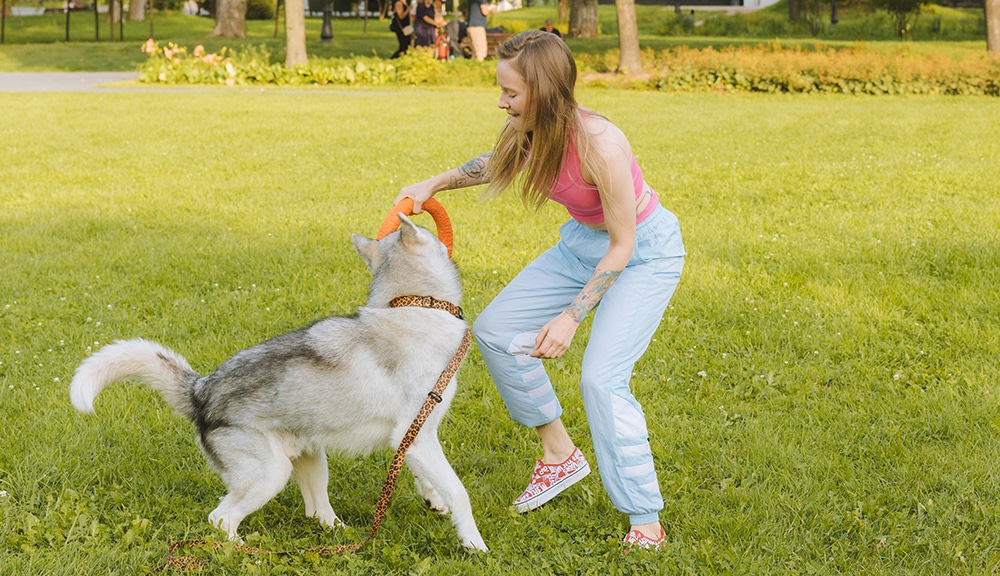
Safe Place for Dogs
When the flight response is triggered a dog’s first instinct is to hide. This is a reasonable reaction. Do not prevent your dog from distancing themselves from what they find scary. Instead, create a safe place where they will not harm themselves or anything else.
Preplan a space for the safe haven if your dog doesn’t already have a regular spot. Find a place far away from windows and close blinds, curtains and doors to minimize noise and light exposure. Ahead of time, place their favorite toys, blankets and treats in the chosen space.
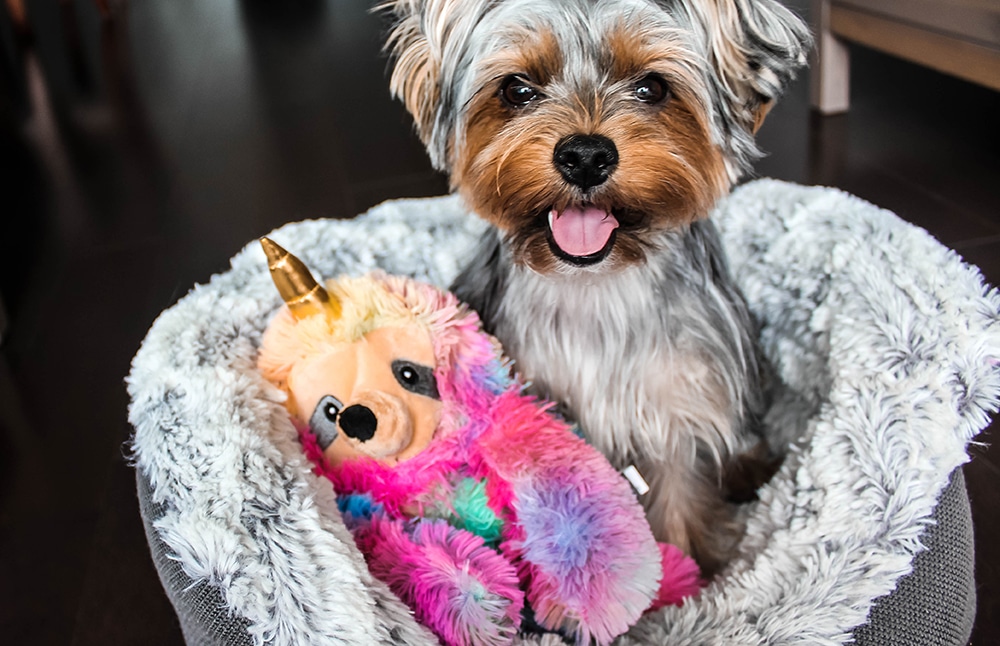
Distraction for Dogs
Play a calming TV show or music to help drown out the loud popping and crackling of the fireworks. This gives the dog’s ears something else to hear and minimizes the shock of the fireworks going off each time. Giving your canine an interactive toy or puzzle helps them to take their mind off of what is going on outside. Chewing, licking and sniffing are all self-soothing actions that encourage the dog to calm down.
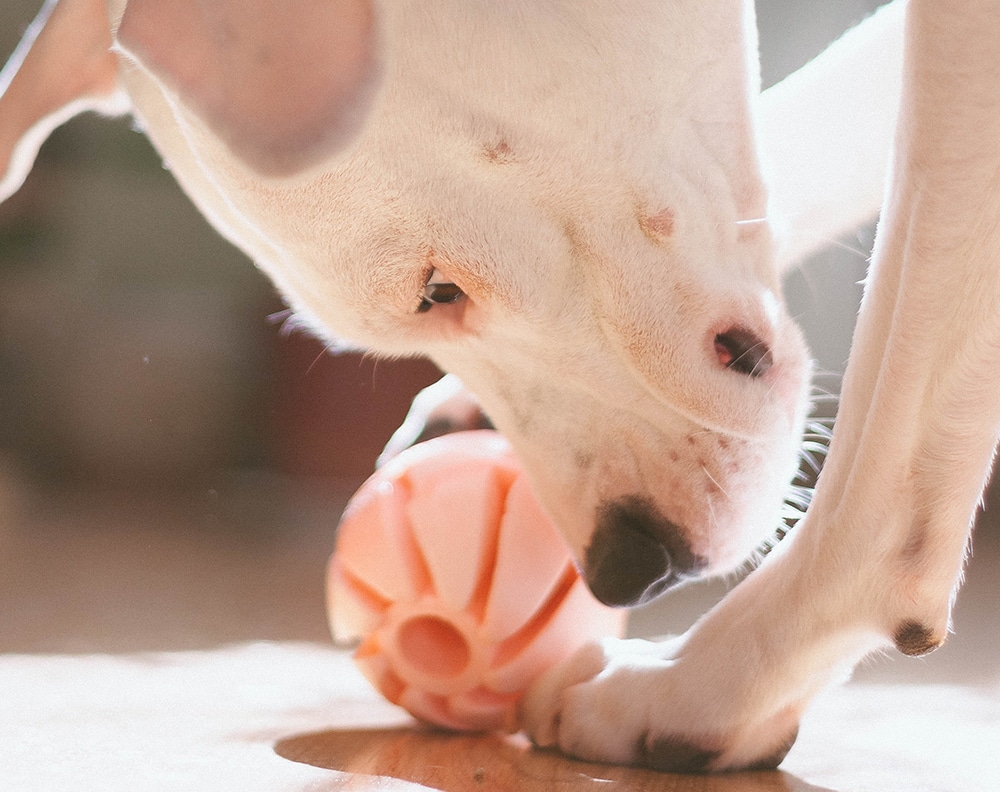
Calming Coats and Shirts for Dogs
Calming coats and shirts act like a hug. The fabric tightly wraps around a canine’s torso with an even pressure, decreasing anxiety in dogs. It’s most effective to put the coat or shirt on the dog before the fireworks start. Afterwards, it might be too late to take effect.
CBD for Dogs
CBD products are great calming aids for canines. This single compound works with their nervous system to help them regulate their emotions in a more controlled way. Standard practice is to give your pooch CBD oil 15-30 minutes before the fireworks begin. Mix the oil with a bit of food. If giving CBD treats, use the same time frame but do not add any food.
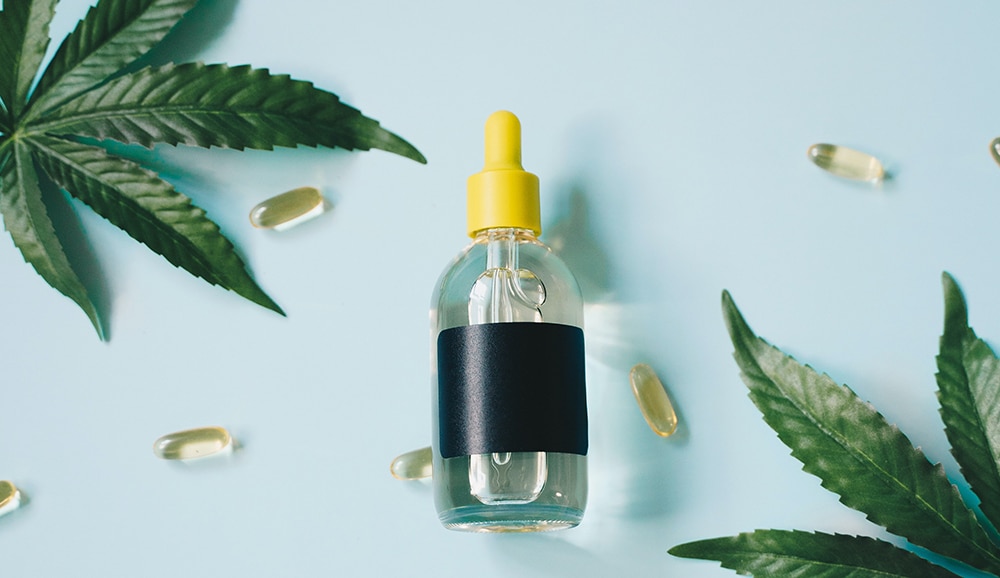
Medication for Dogs
A vet may prescribe your dog a medication to help with their noise phobias. The drug Sileo is the first and only FDA-approved medication that is meant to treat dogs with noise anxiety.
Alprazolam (Xanex) is a short term anti-panic drug that is more commonly used to treat dogs with fears of thunderstorms. Prozac, Clomicalm and Elavil are all long-term drugs that are normally given to dogs who experience anxiety at baseline levels. Talk with your vet first on which of these over the counter medications are best for your dog to use as a stress reliever. Remember to never give your dog human anxiety medications.
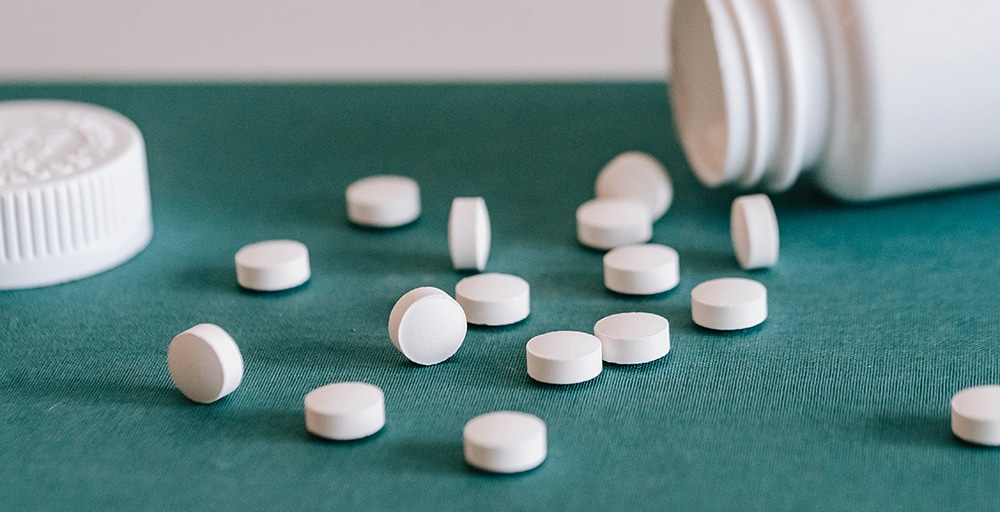
Future Independance Days
Fireworks will likely always be a part of the USA’s birthday celebration. The suggestions above are great options to use during the holiday, but pet owners may also want to try additional training for their pet throughout the year to ensure the next 4th of July goes more smoothly than the last.
Relaxation Training
Relaxation training is a way to teach your canine to bring their own anxiety levels down to a calmer state of genuine relaxation and essentially teaches them to not be so afraid of their fears.
This type of training is done through positive reinforcement first in a safe environment. When the dog learns how to relax in controlled surroundings, the next step is to gently expose them to their noise phobia in small increments. As the canine continues to practice their relaxation training, they will be exposed to higher levels of the scary noises.
This training is best to do when their noise phobias are out of season. It takes months and requires patience to get your dog to a place where they can initiate their own relaxation in stressful environments. The hard work is worth it. This training helps your dog learn to control their responses to fear and have an overall calmer mind. Learn more about relaxation training here.
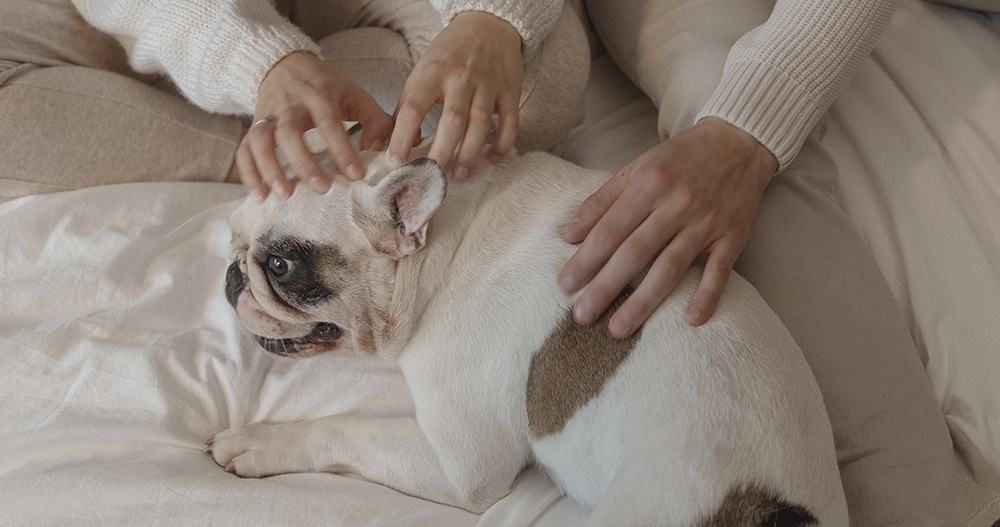
Plan Ahead
Unless you live in an extremely remote location, it’s nearly impossible to escape fireworks around the 4th of July. The holiday doesn’t need to be stressful for dogs and owners, however. If your pet struggles with anxiety and fear during fireworks, the best thing you can do is to be proactive and make a plan before your pet is triggered to ease their emotional and physical reactions to disturbing stimuli.
We hope the tips in this blog help you get through the holiday without your beloved pet cowering in fear. Visit your local Smoochie Pooch location before the 4th to stock up on CBD products, toys or puzzles to help make their holiday less stressful.



